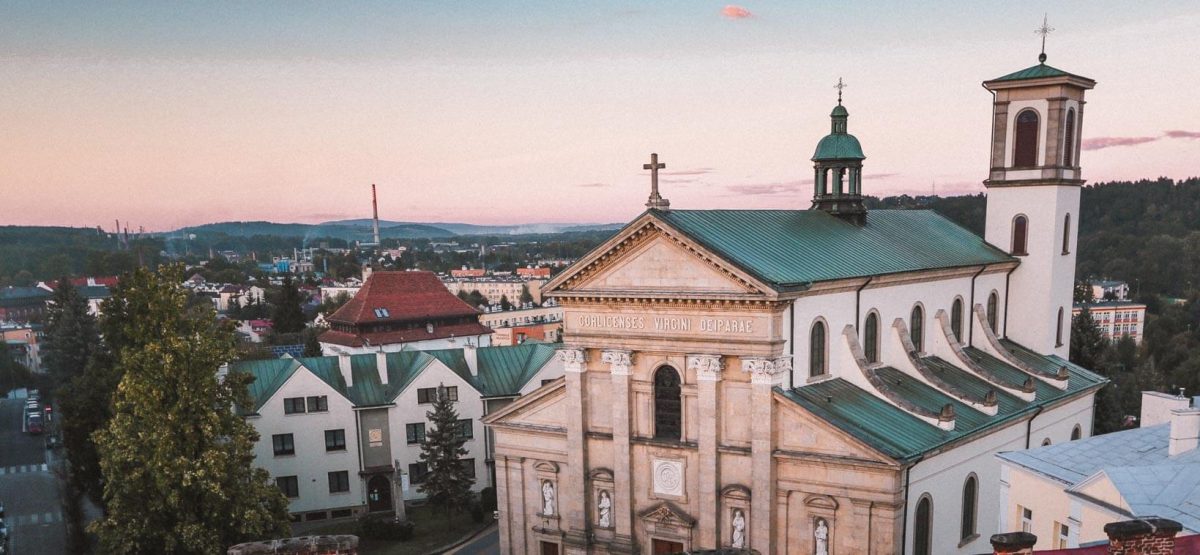
This post may contain affiliate links. I receive a small commission at no cost to you when you make a purchase using my link.
Poland is among the top ten biggest countries in Europe and among the six most populous EU member states. So, there are more sides to it than buzzing capital Warsaw and Renaissance marvel of Krakow. Right in the South-Eastern corner of the country and surrounded by Carpathian mountain range of Beskid Niski (Low Beskids), lies a small town of Gorlice. Sitting almost on the crossing of three countries: Poland, Slovakia and Ukraine, Gorlice serves as a perfect base to explore the Carpathian mountains Poland and beyond.
But this is not all, Gorlice has a story to tell, which would make your stay here even more exciting.
Gorlice: the city of lights
So, what so special about Gorlice? Gorlice is often said to be the unofficial capital of Beskid Niski (Low Beskids) along with its title as the city of light. Thanks to the prominent figure of Ignacy Łukasiewicz, the inventor of the oil lamp, Gorlice inherited this name. He came up with his invention here, after years of running a pharmacy and doing his research in the area. The first lamp was lit in 1853 in Lviv, while the first kerosene street lamp was lit in Gorlice in 1856, which marked the new era for the region. The monument to the first lit oil lamp is still here in Gorlice commemorating this great invention and its author.
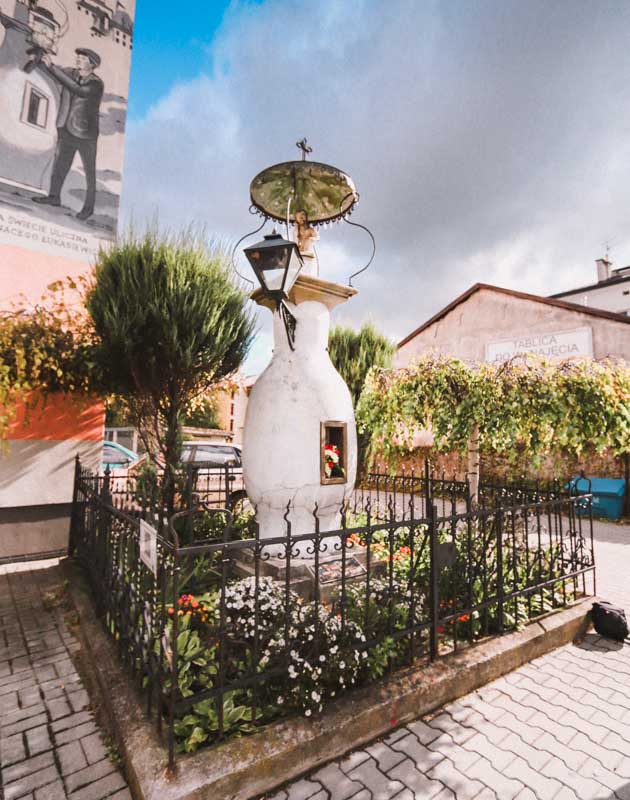
Things to Do in Gorlice
Discover Gorlice oil heritage with a tour to Oil Heritage Park Skansen
The oil heritage of the region is something that local inhabitants are proud of til this day. It played a major importance not just for the development of the region in terms of skill and job creation but also making it into a birthplace region of the local celebrity figure – Ignacy Łukasiewicz. He invented the first oil lamp using the crude oil excavated from the Gorlice oil wells.
When you look at Gorlice landscape you’ll notice something strange. Among the vast valleys and hills of Low Beskids you’ll also find wooden towers and pumps, which are the remnants of the crude oil industry that flourished in the region for more than 150 years.
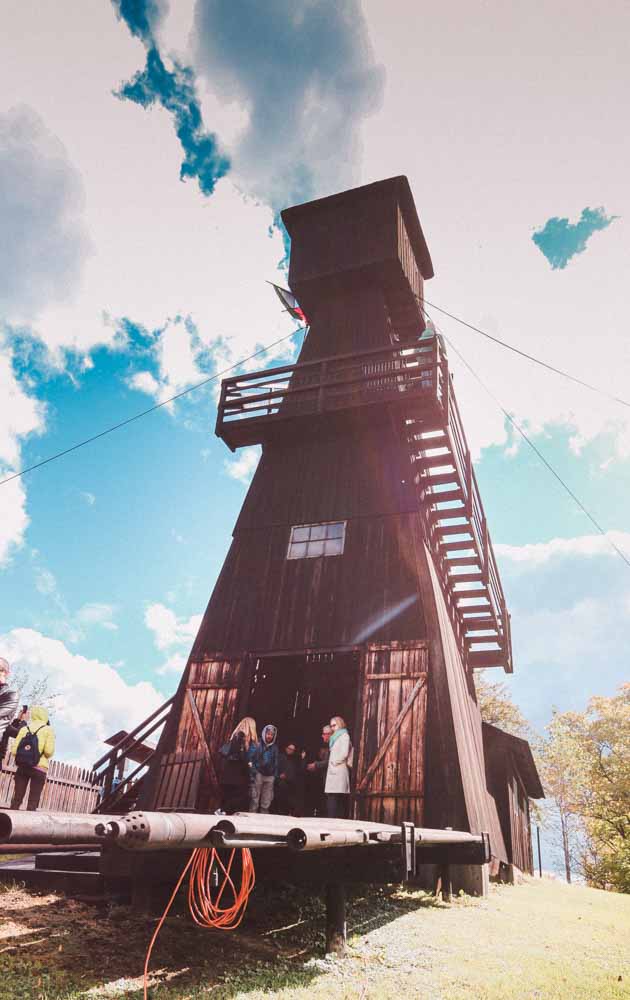
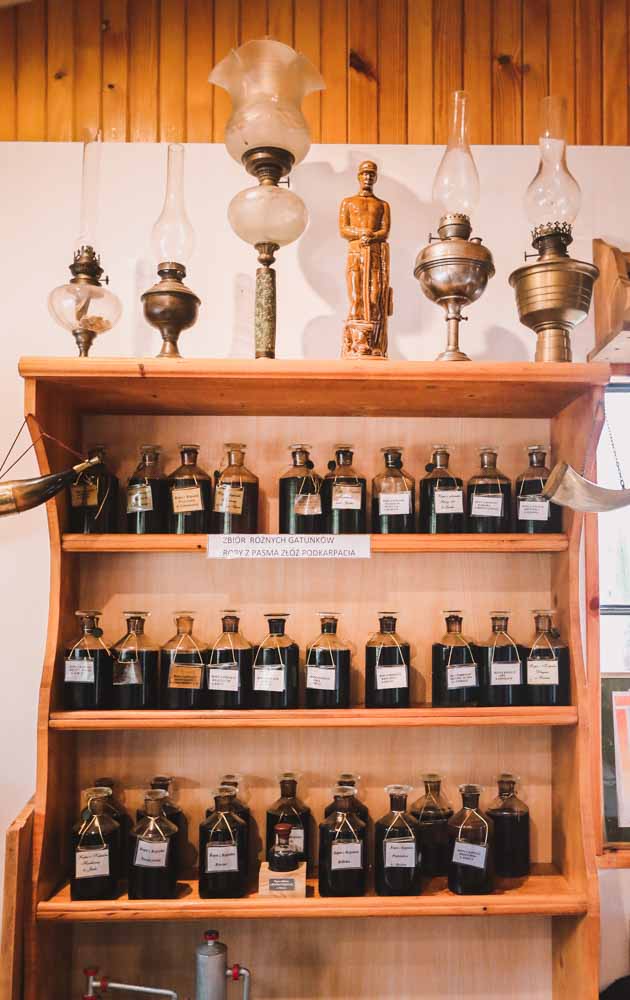

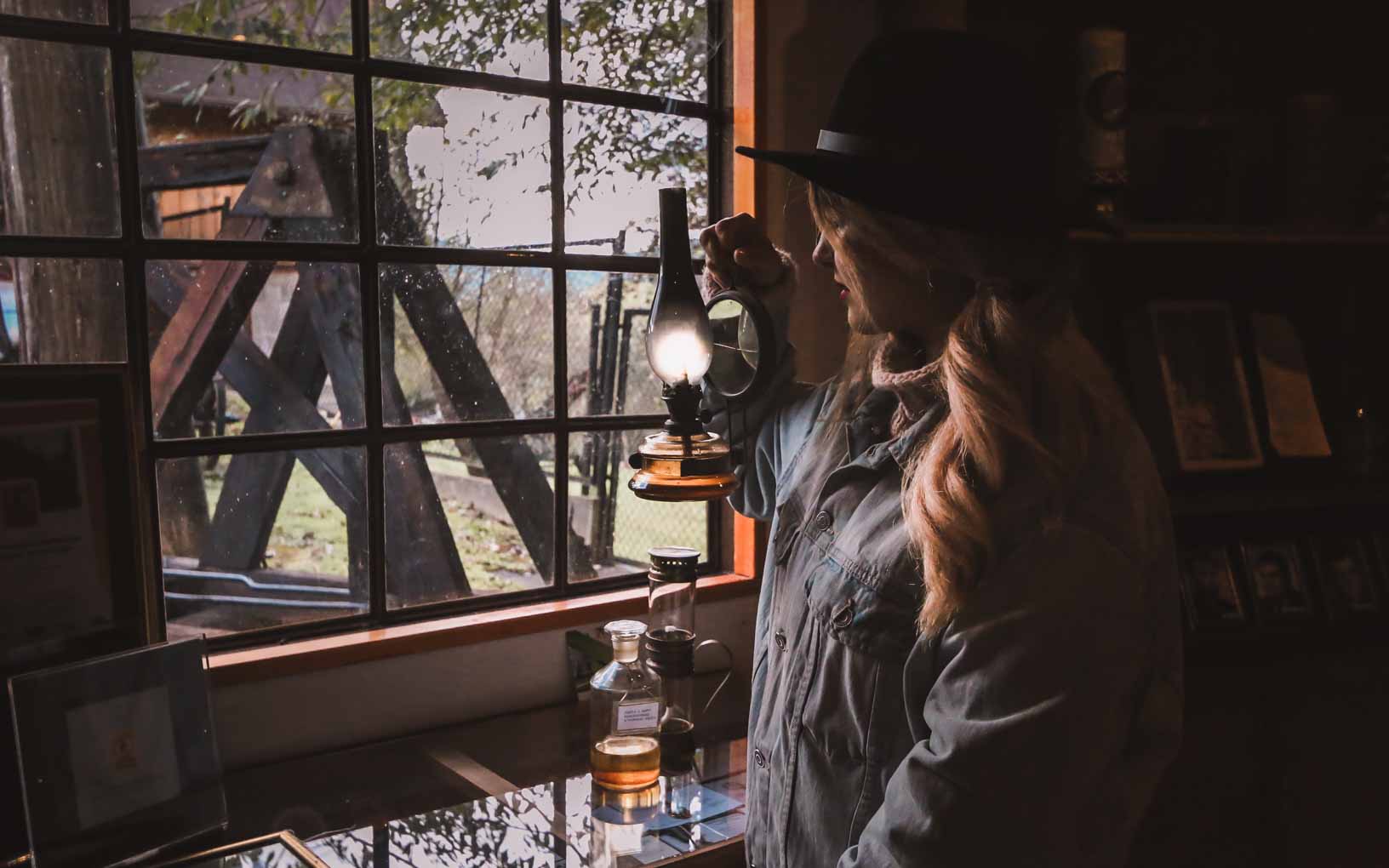
How the oil industry developed?
It started with inhabitants accidentally discovering the ‘black gold’ and mistaking it for a curse. At first, they tried to stay away from it up until they realized it could be useful in household maters.
Everything changed in the mid-19th century when Ignacy Łukasiewicz started working on his oil lamp which was lit for the first time in Lviv during a surgery in the hospital. After this, crude oil became even more in demand.
But the oil recovery was a difficult and dangerous task. At first, the collection was done with the use of very basic tools, such as shuffles and buckets involving a very dangerous process. With the development of the petroleum industry, the ways of extracting the oil changed as well. Eventually, people started using pumps and proper oil rigs, which were much safer, though still, a dangerous business.
The oil industry improved people’s lives in the region not only because of jobs but also because they could enjoy the benefits of having light. Now you can visit Oil Heritage Park Skansen in Gorlice to find out more about how exactly poles extracted the back gold and see how oil wells for yourself!
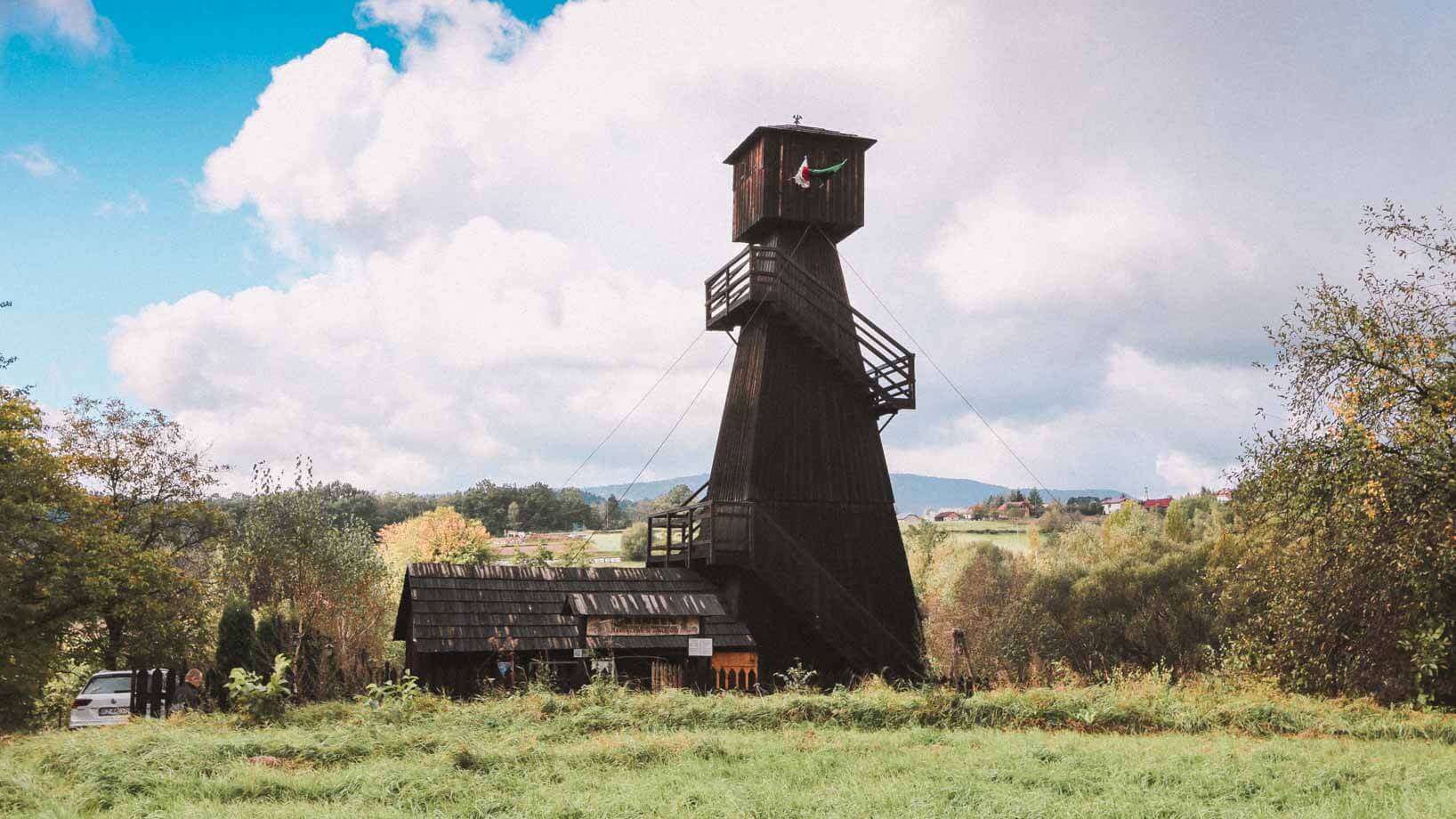
Visit Pałac Długoszów w Siarach mansion
The palace is the evidence to the elite heritage that lived here centuries ago and it still pleases the eye even though it might be in need for slight renovation. The stories about the palace do not need exaggeration since the romantic drama that involved its owners is enough to love this place.
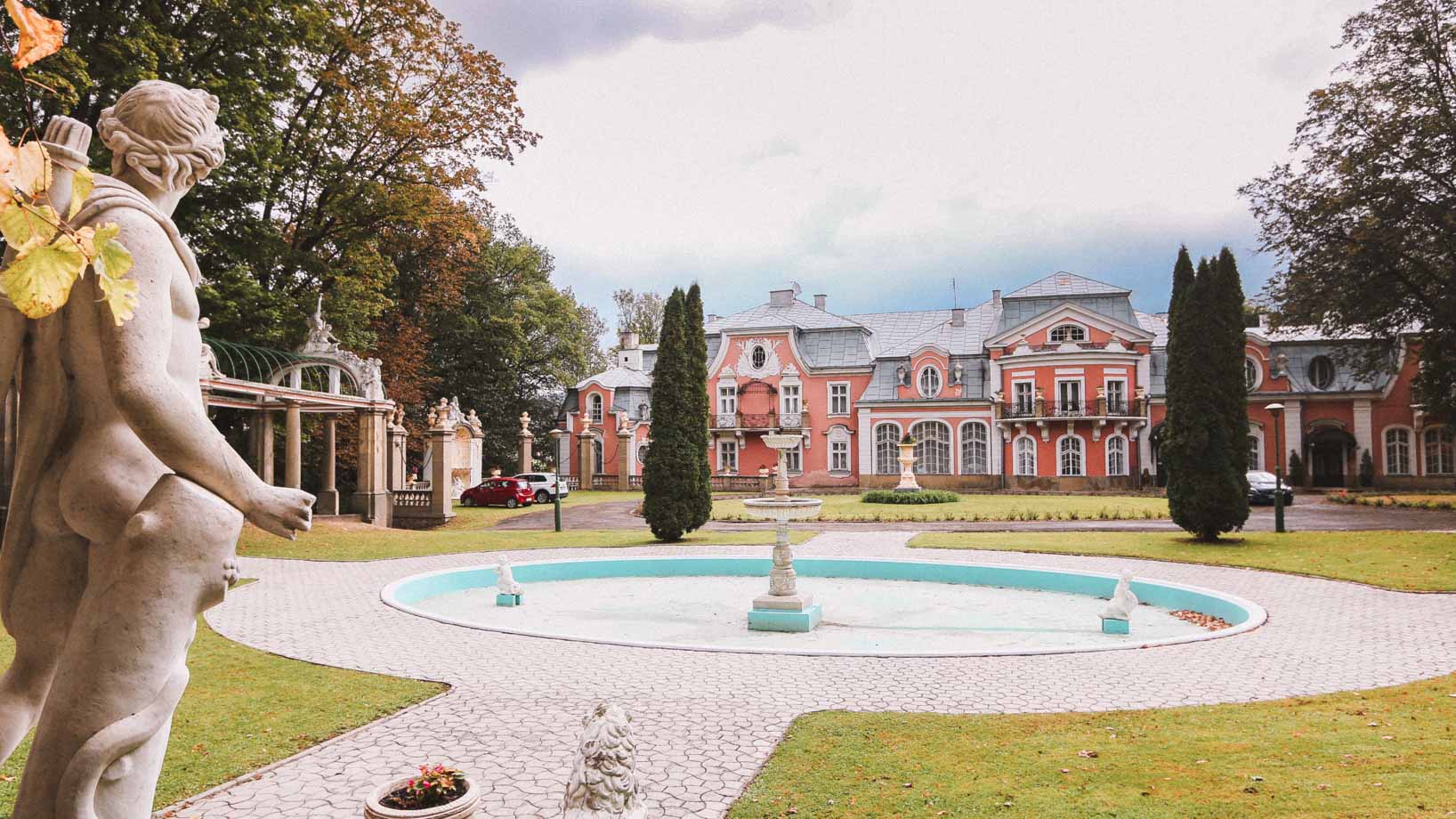
Every palace has a love story…
The palace changed many owners, switching hands between Captains of Austro-Hungarian army and the business enthusiasts in search for the black gold in the region.
The heart-melting romance story starts with Mr.Długoszów. Apparently, he made some poor investment choices in his search for oil and got broke right before he fell in love with the daughter of the palace owner. Which was the reason he wasn’t considered a worthy enough suitor for her. His persistent work in the oil industry ended up in him taking the top management jobs. His work finally paid off when he discovered the oil resources in Boryslaw. This is when he used his power and wealth to help her love’s father pay off all his debts, buy out the mansion and finally marry the love of his life. (A side note – I guess the money does actually help in love matters :D)
Later on, Mr. Długoszów becomes the minister of the Galicia region and starts changing the palace gardens. A prominent figure in the art world – Piotr Wójtowycz was hired to work on sculptures as addition to the garden.
During Soviet times the property was taken away to be owned by the state. As proven by history, this is usually when all the beautiful buildings start to decay, as God knows, Soviets were not the most sophisticated when it came to art and architecture.


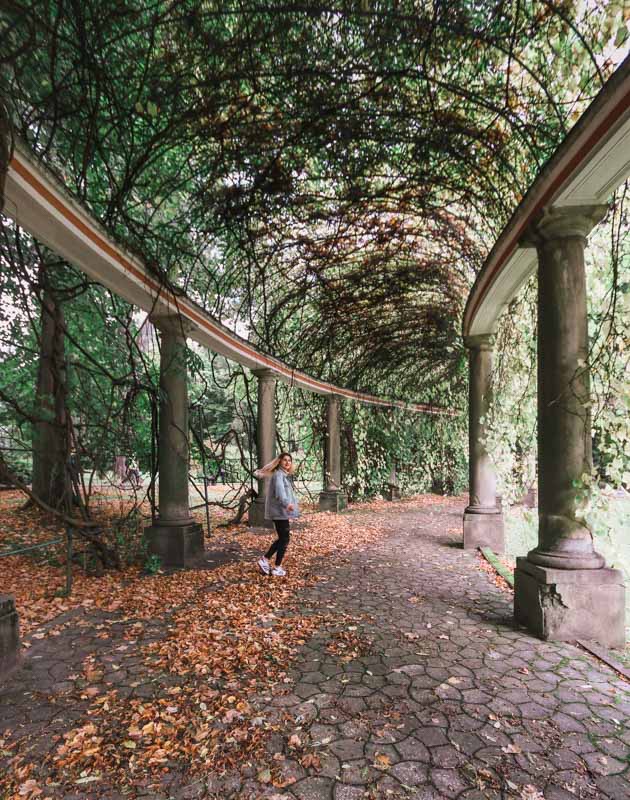
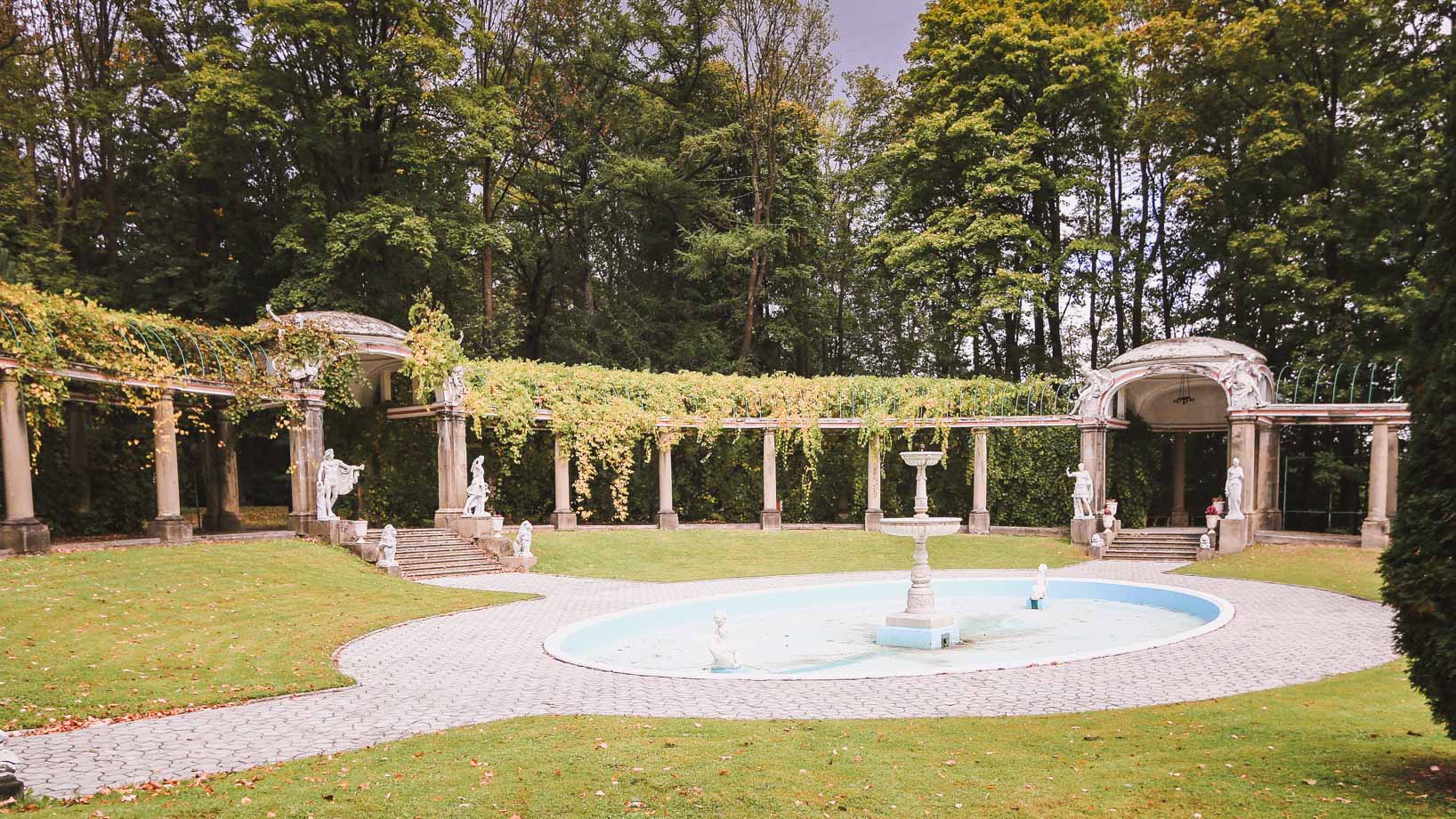
Palace gardens
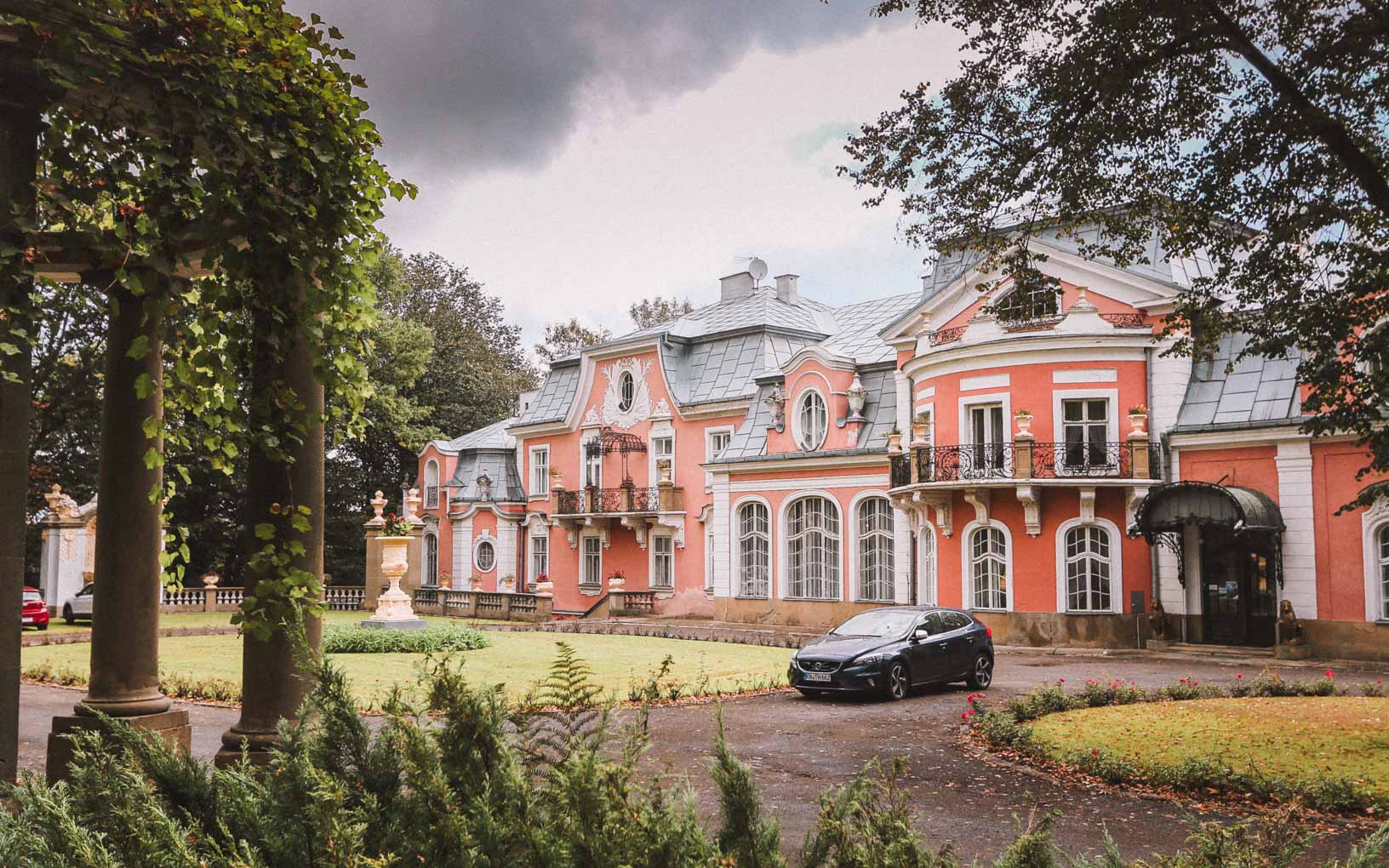
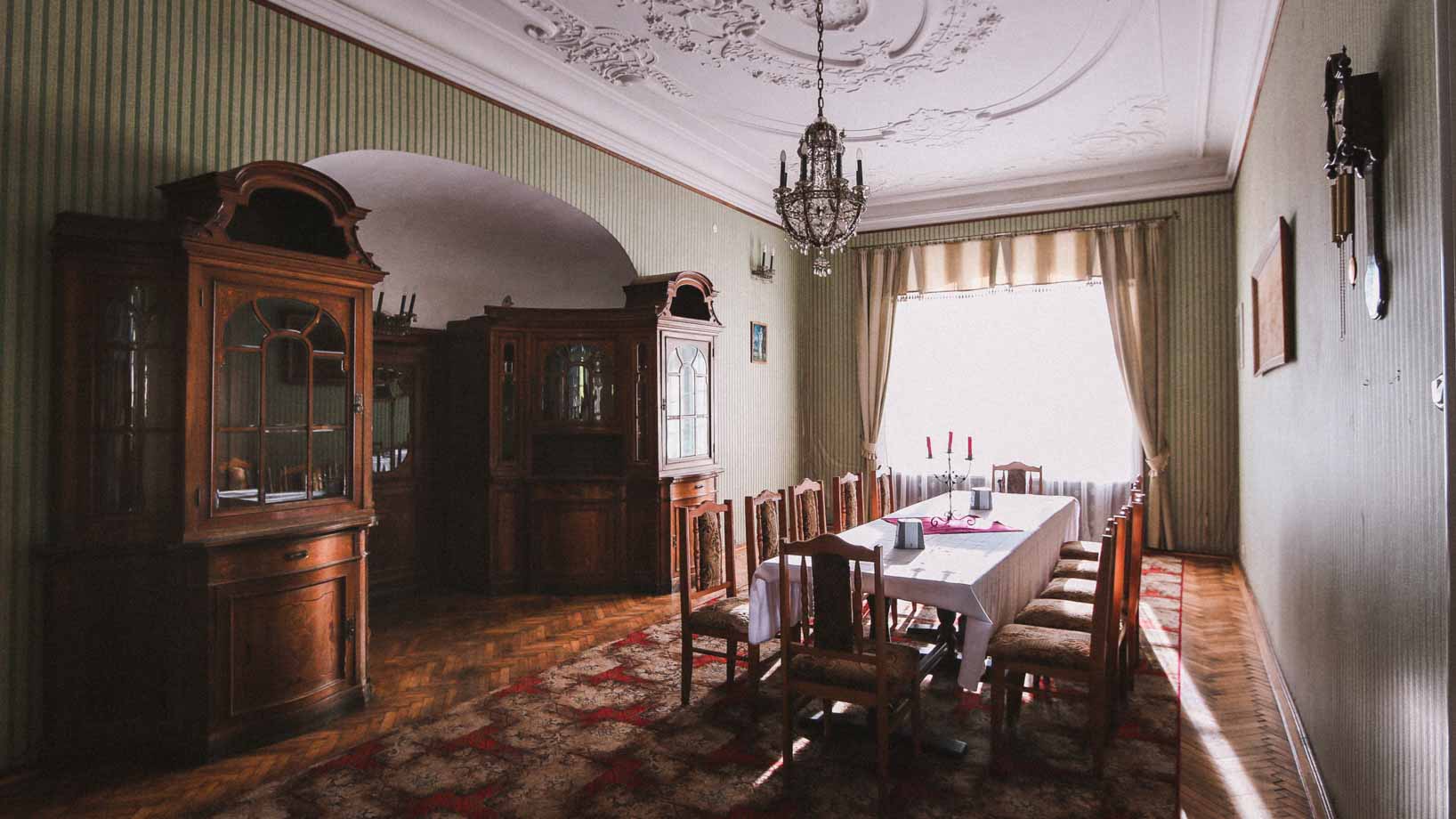
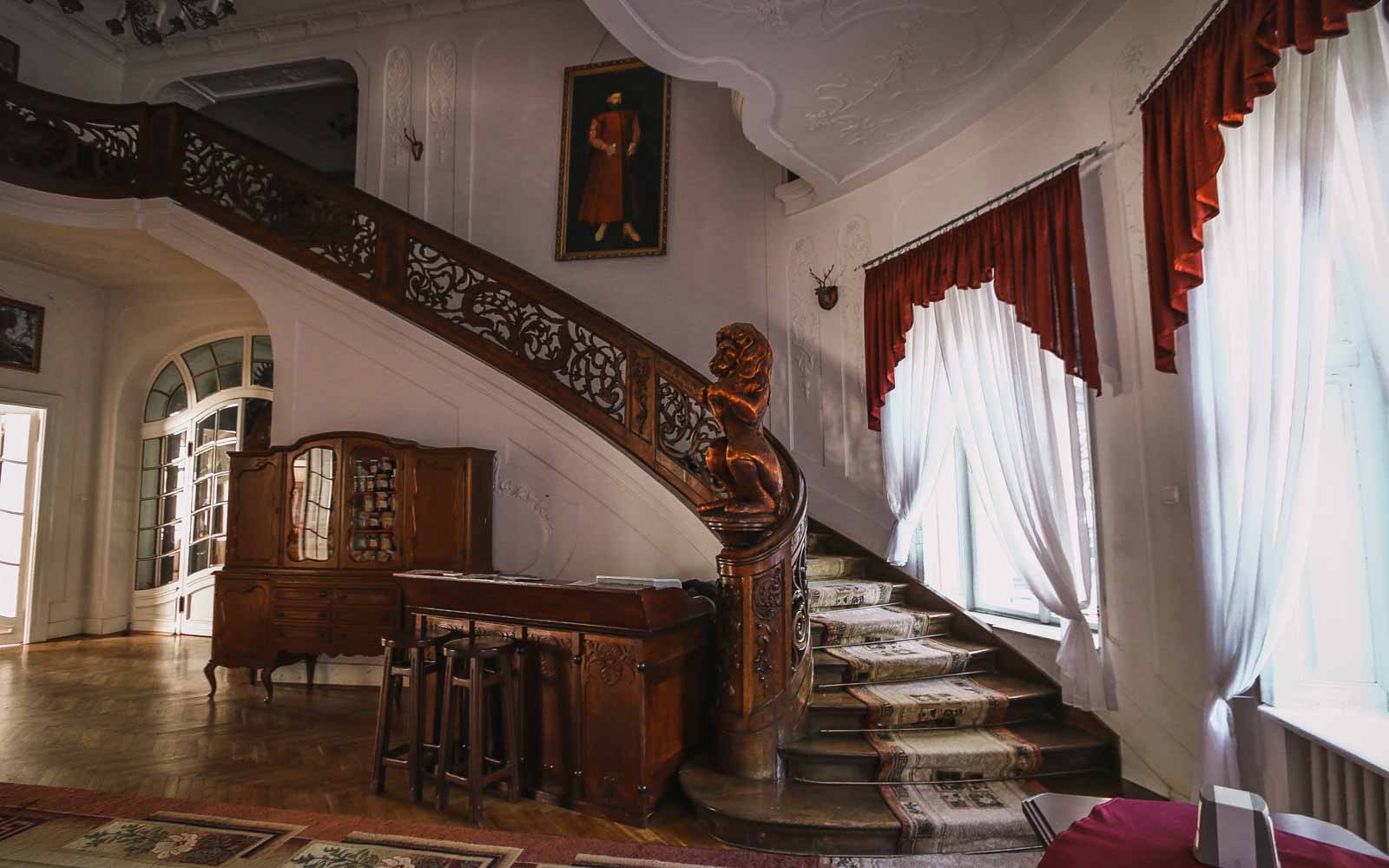
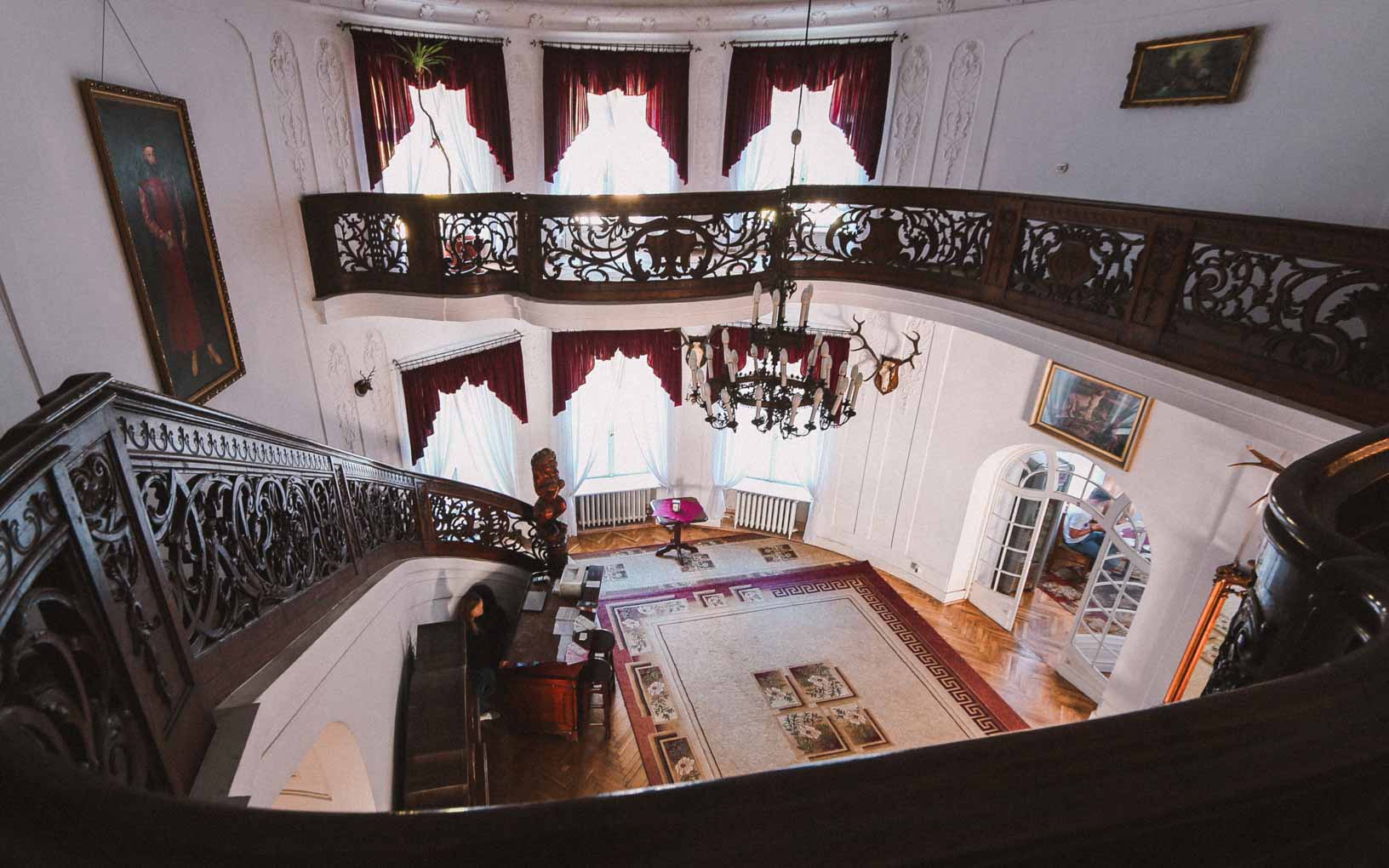
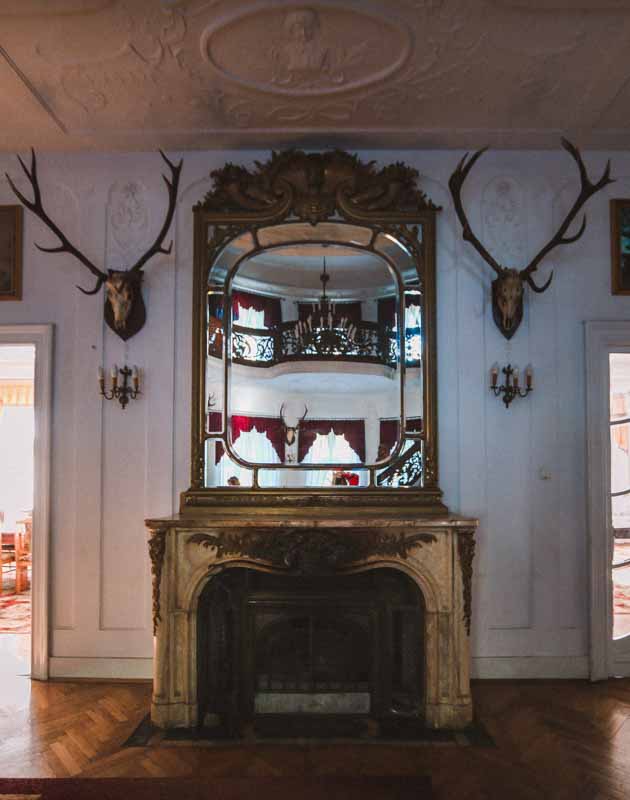

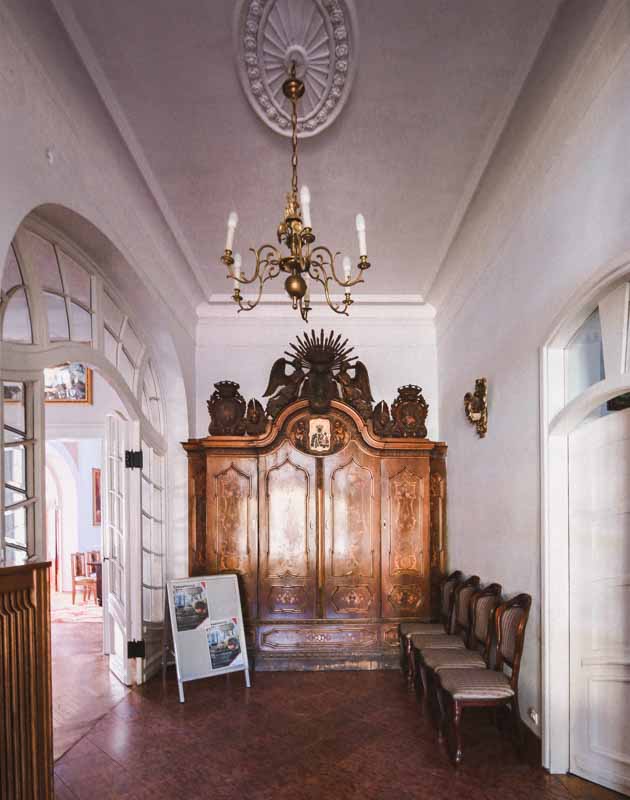
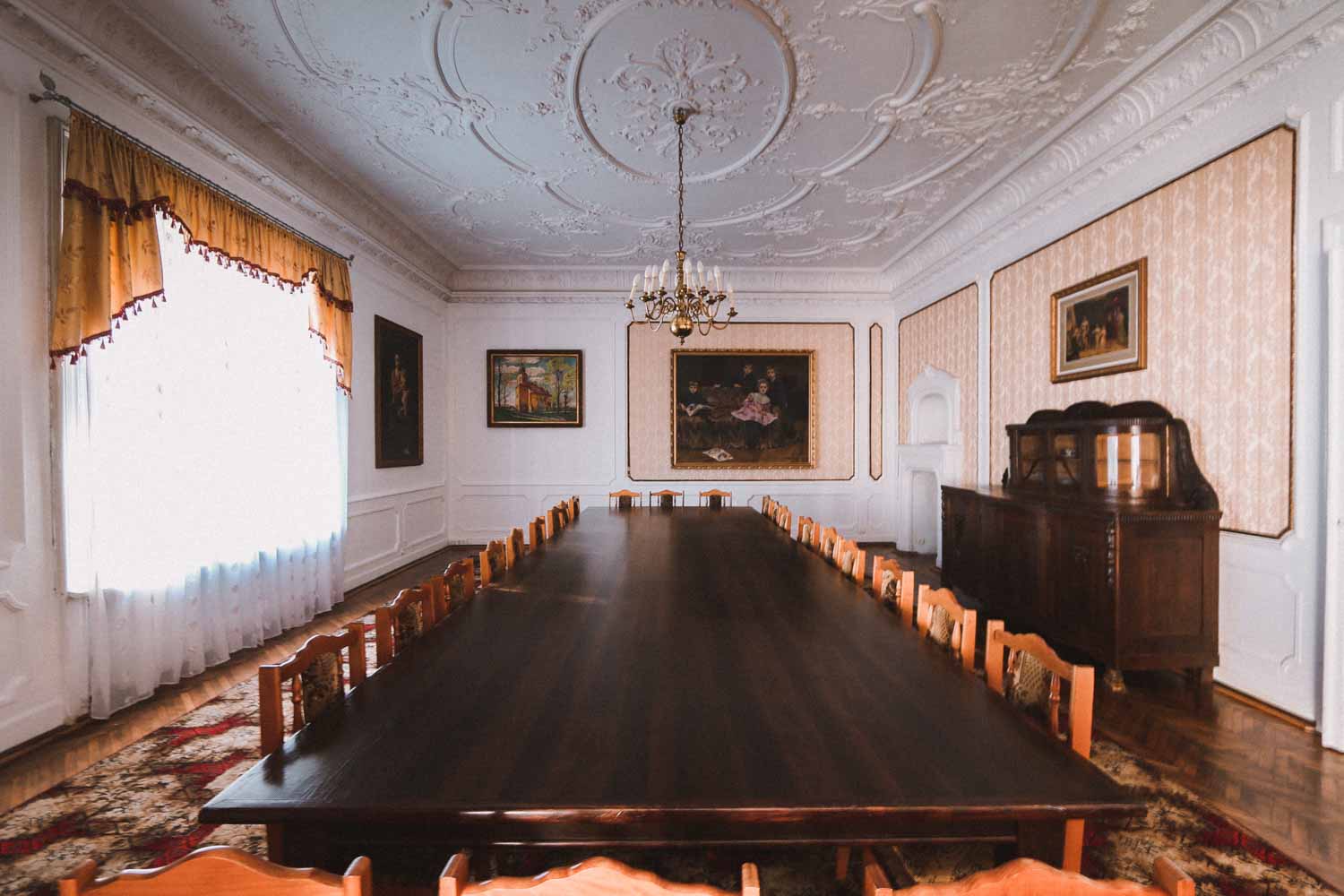
Palace dining toom
In September 2018, it was bought by the new owners who made it into a hotel and sightseeing for tourists. Now you have the extraordinary opportunity to stay overnight in this fantastic hotel for under 50 EUR per night, feeling like a royal or catching the ghosts that this mansion still might keep inside.
Capture the view from Gorlice Tower
Gorlice town hall proudly stands in the middle of the city right behind the main square in the beautiful part of town. Climbing up the Gorlice tower opens up the most picturesque views. From one side you can see the hills of Low Beskids, while on the other you can witness how the sunset rays illuminate the Church of the Blessed Virgin Mary Minor Basilica.
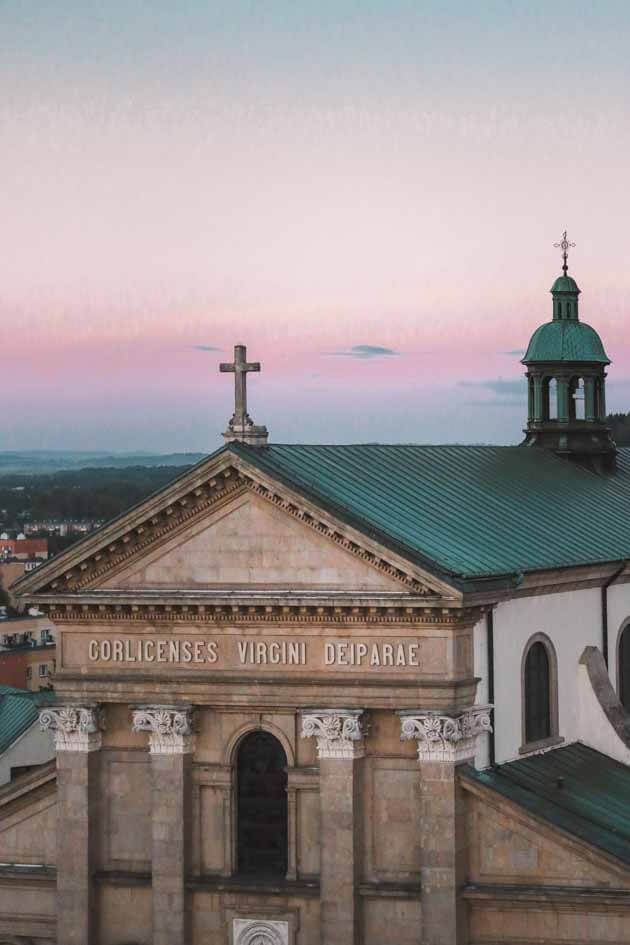

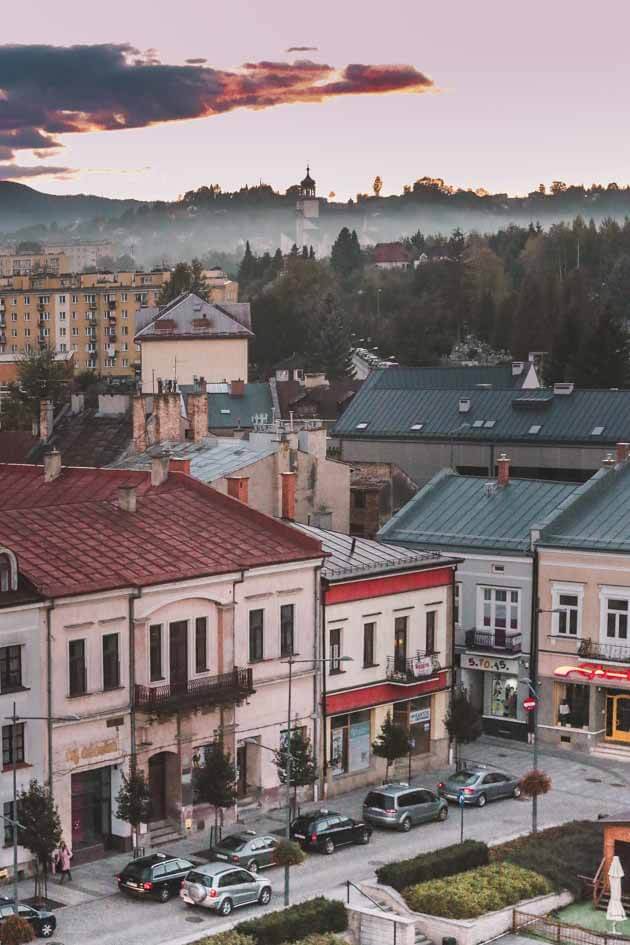
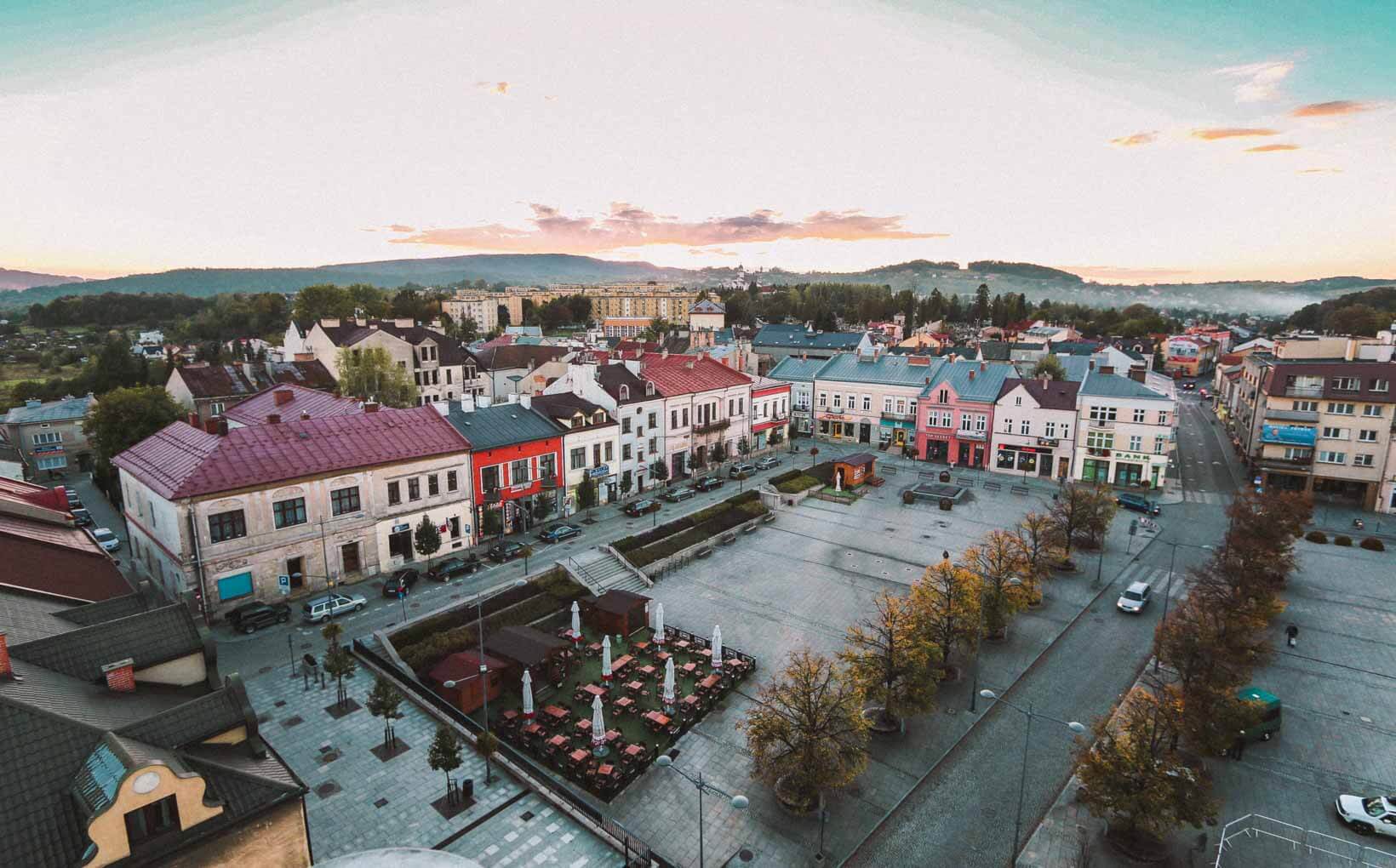
View over Gorlice from Town Hall Tower
Visit the museum of Gorlice Battle
The history lovers would have it hard to resist the temptation to visit the museum dedicated to one of the most important battles of World War I. The museum is situated in the city and is easy to reach. Besides a display and loads of information on the battle, it also has exhibits connected to the region’s oil heritage.
Among some of the most significant events in the region’s history, one cannot miss the May 1915. This is when a major battle of the Eastern front took place during the WWI. Massive losses on both sides made it into one of the biggest battles in the war history counting as many as 20,000 dead in 1 day. The majority of them were Russian soldiers, however, many of local villagers and Polish troops, too.
The battle of Gorlice was a major battle of WWI which prevented Russians from moving towards Vienna the capital of Austro-Hungarian empire. This resulted in many cemeteries scattered around Gorlice to this day. We are talking about 120+ cemeteries, some of which are the true works of art which can be equally visited as sightseeing in and around Gorlice due to their elegant architecture.
Places to Visit In Beskid Niski (Low Beskids)
Visit the open air museum Zagroda Maziarska w Łosiu
The museum is situated only 12km away from Gorlice. It makes for a great exploration trip outside the city in order to learn the culture of the region. Here, you’ll find the typical wooden houses of the people who lived here, where you can go inside and explore what their daily lives looked like.
The ticket price is merely symbolic and it costs only 4 zloty (a little more than 1 EUR) to get inside.
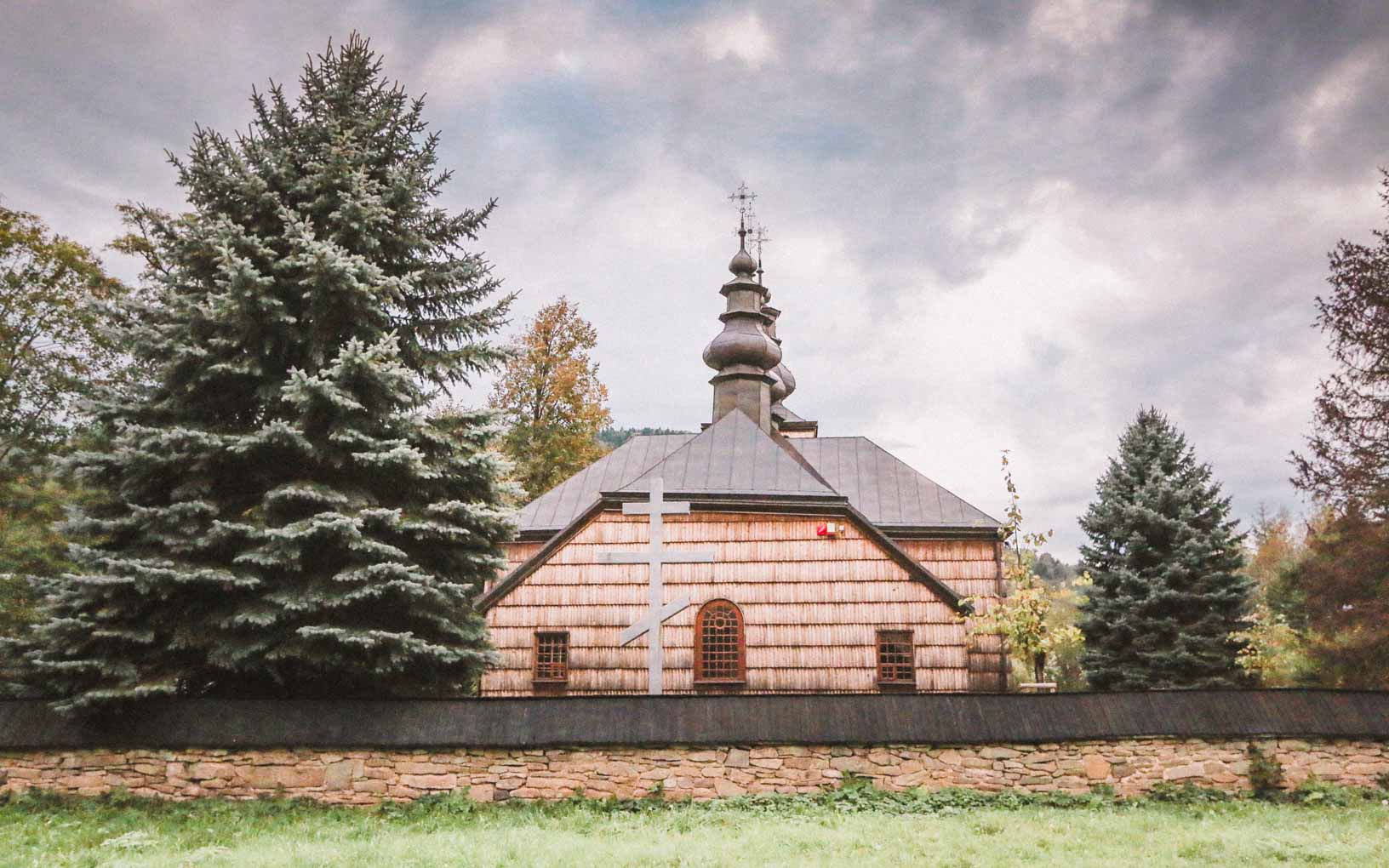
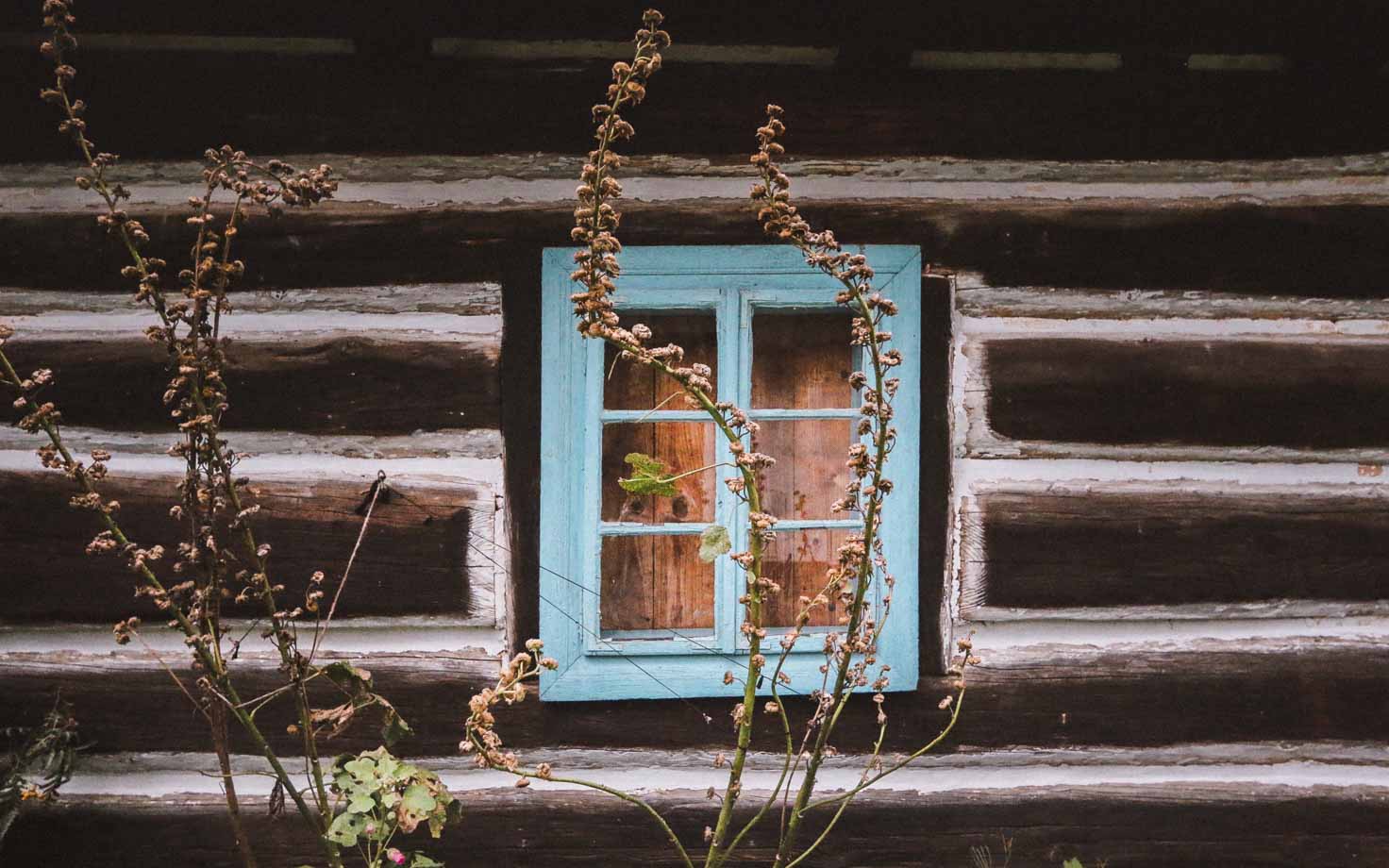
The culture of the region
For me, in particular, this trip was incredible from the cultural perspective. I got to find out just how many cultural overlaps this region has with Ukrainian Galicia (modern-day Lviv oblast), sharing the heritage of galician and lemko ethnic groups.
The lemko people who lived here inhabited Transcarpathia, not just in Poland but also in Ukraine and Slovakia. They had their own dialect, culture and food preferences. Most of the population has been forcefully relocated from their homeland post World War II. The cultural impacts, however, still remain visible in their housing, decoration patterns, and songs.
Here is the example of a lemko song accompanied by pictures of what they looked like.
Glance at a wooden church in Owczary – UNESCO world heritage site
Gorlice area holds more surprises to discover.
It is home to some of the most impressive Orthodox and Catholic wooden churches constructed in 16th century. There are around 200 of them in the area! Can you believe that?
Owczary church was built in 1653 (Full name: The Greek Catholic Parish Church of the Protection of the Mother of God). It is even listed as the UNESCO world heritage site. Walking into a church like this you cannot help but feel the history that this place has gone through.
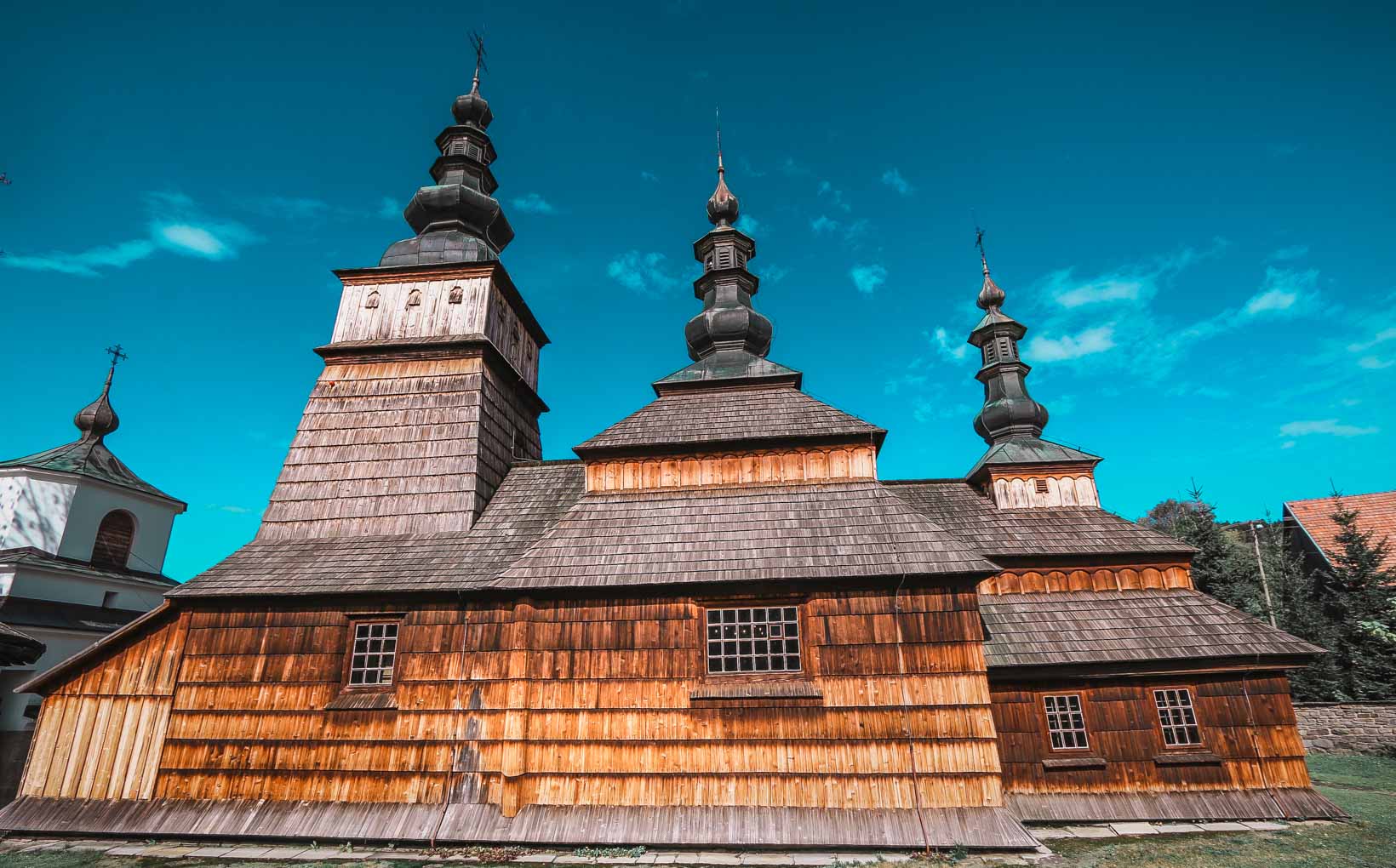
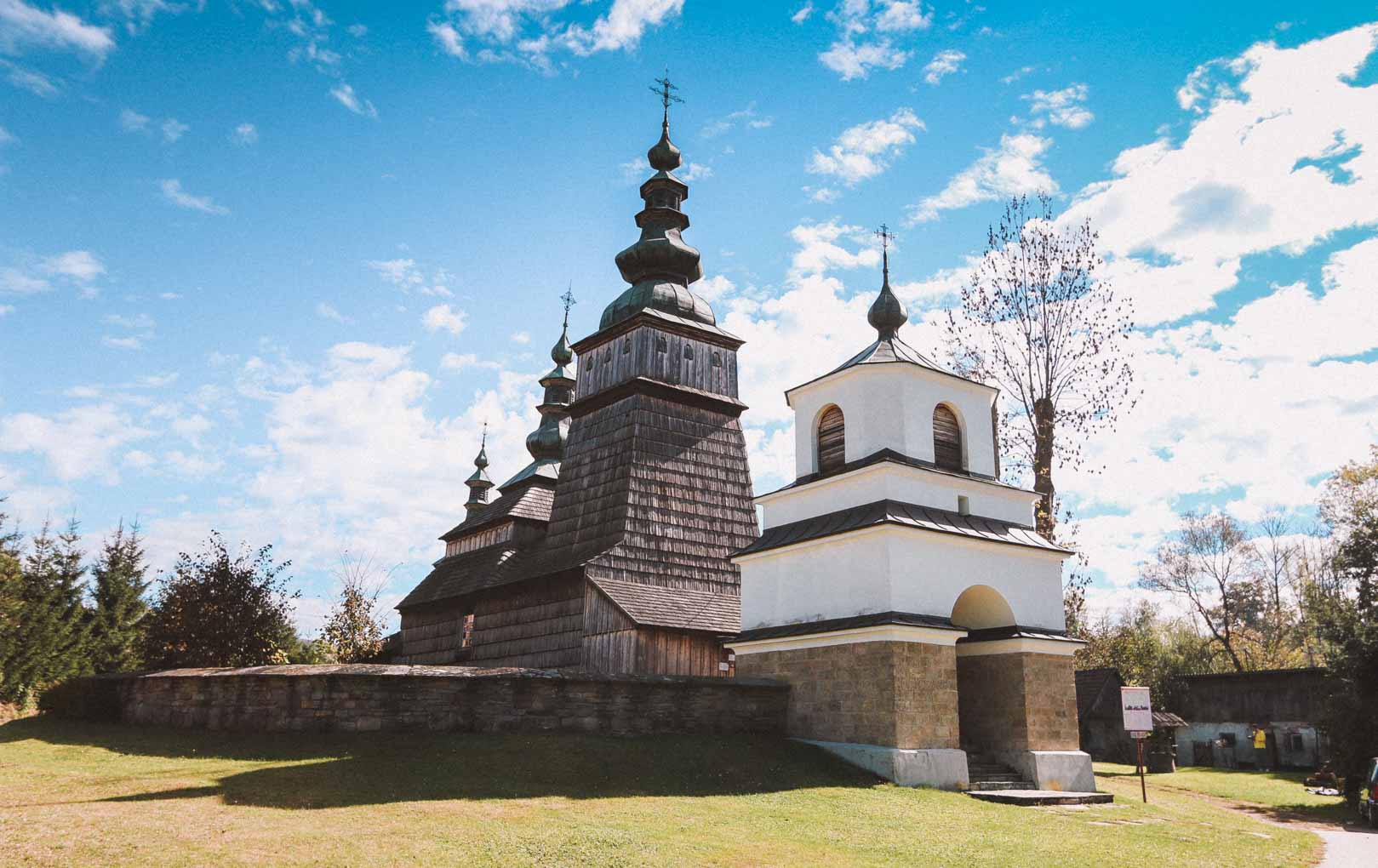
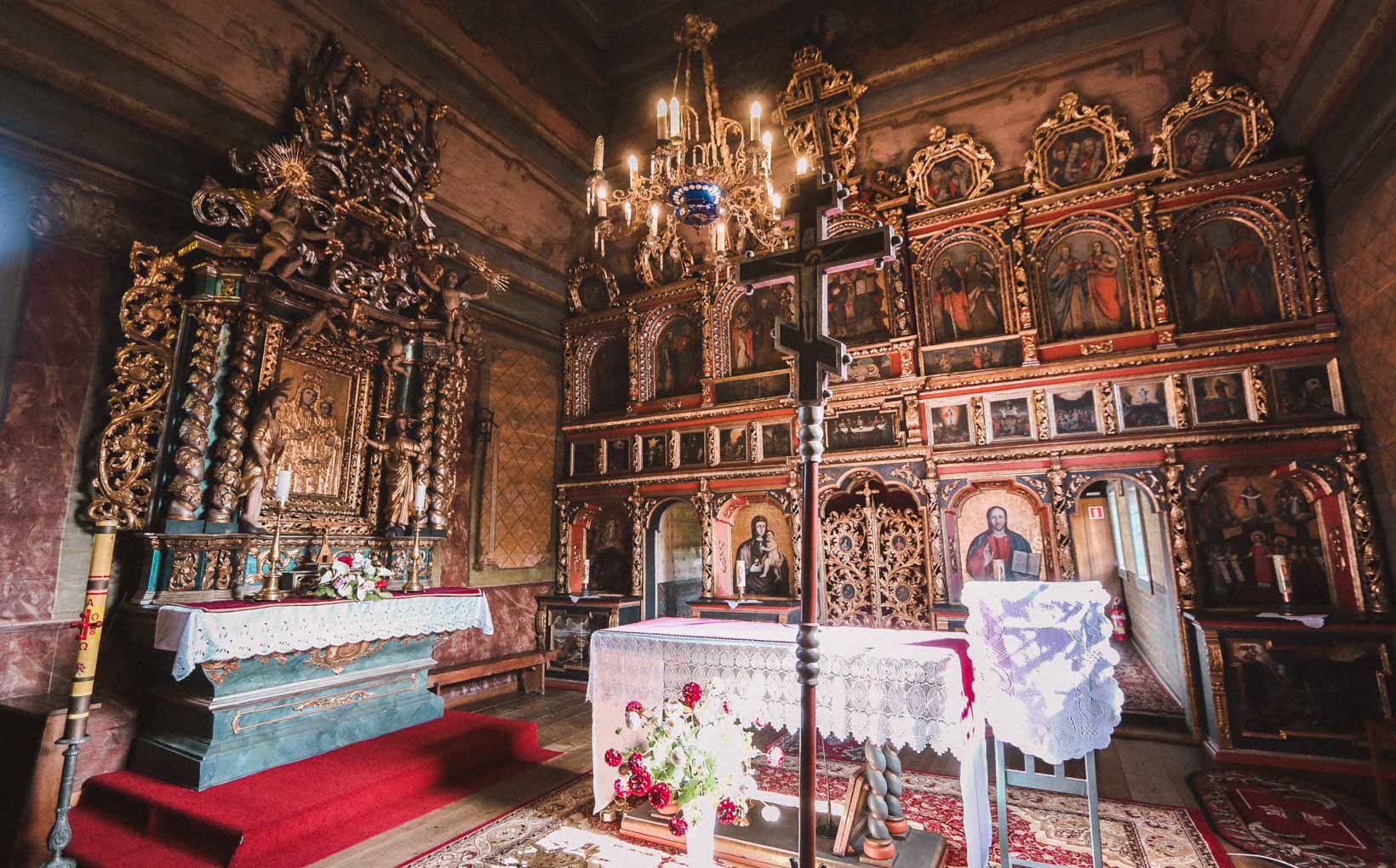
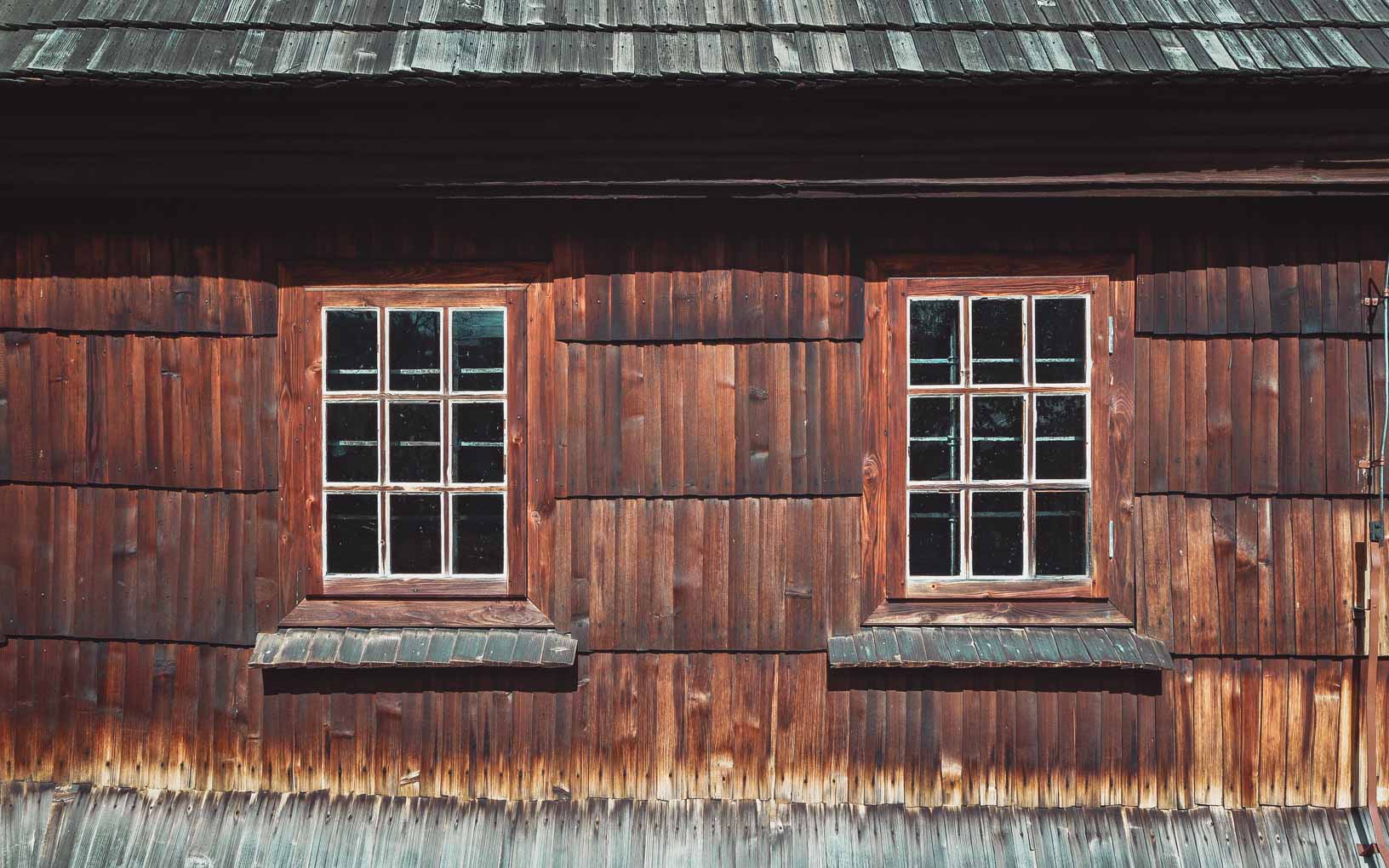
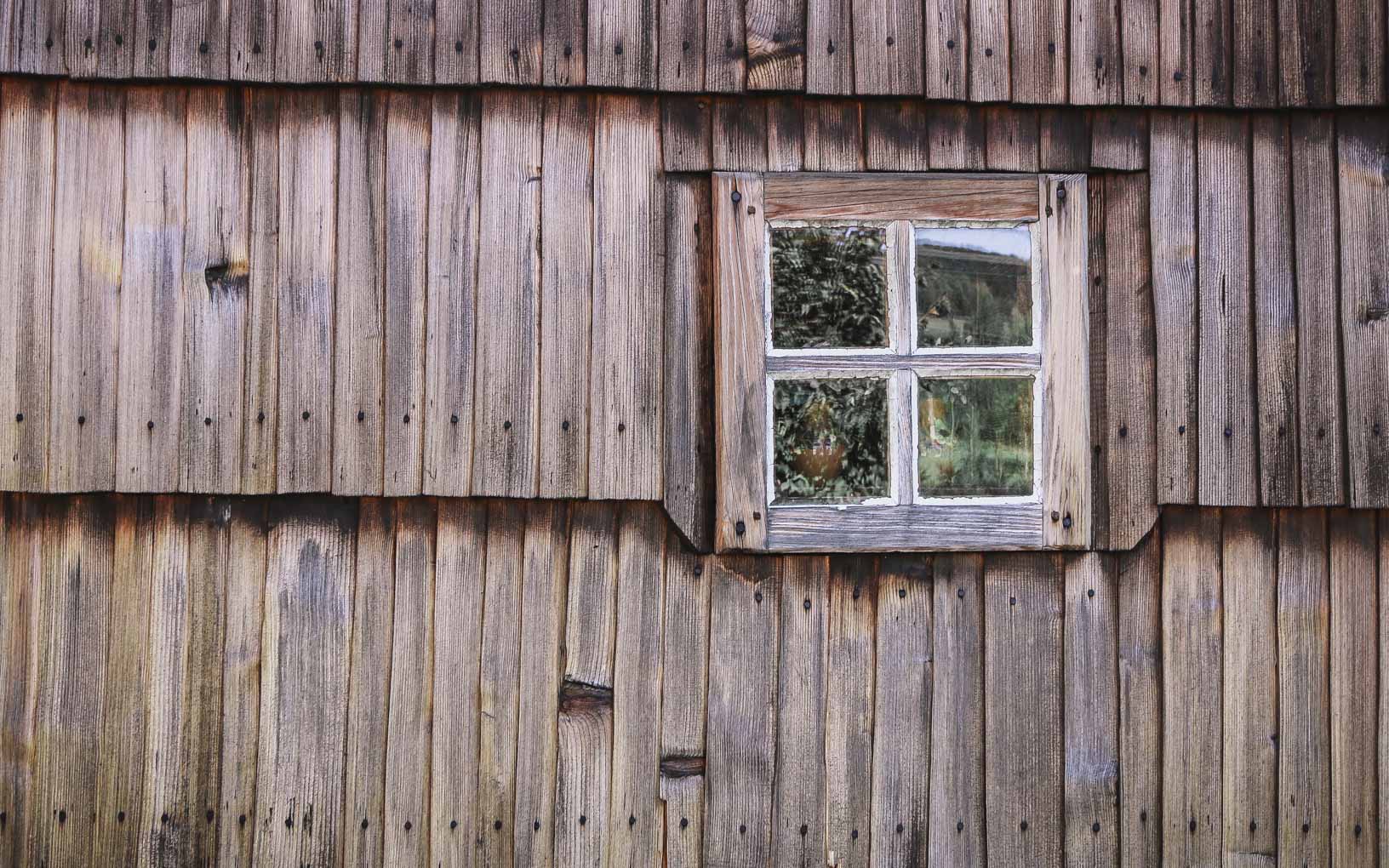
Go on adventure tours with Podroze 4×4
Don’t lose the opportunity to take advantage of nearby Beskid Nisni Mountain range. Isn’t that why you are here in the first place? You can join an adventure tour group such as Podroze 4×4 to take you on a wild ride through the mountain range on their cars or go hiking on foot in the nearby forest Pusty Las, which is where you can discover the abandoned oil wells all by yourself.
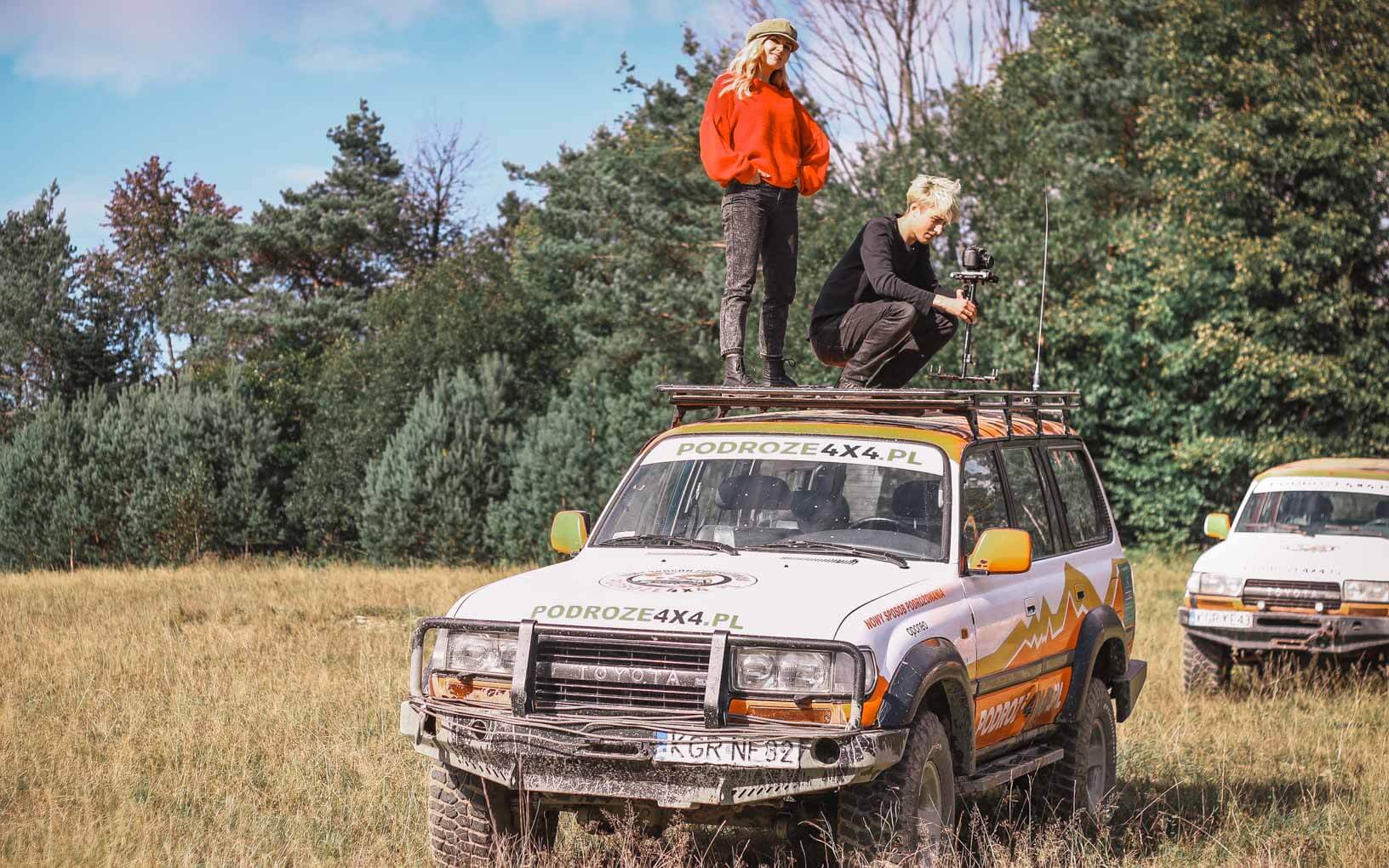
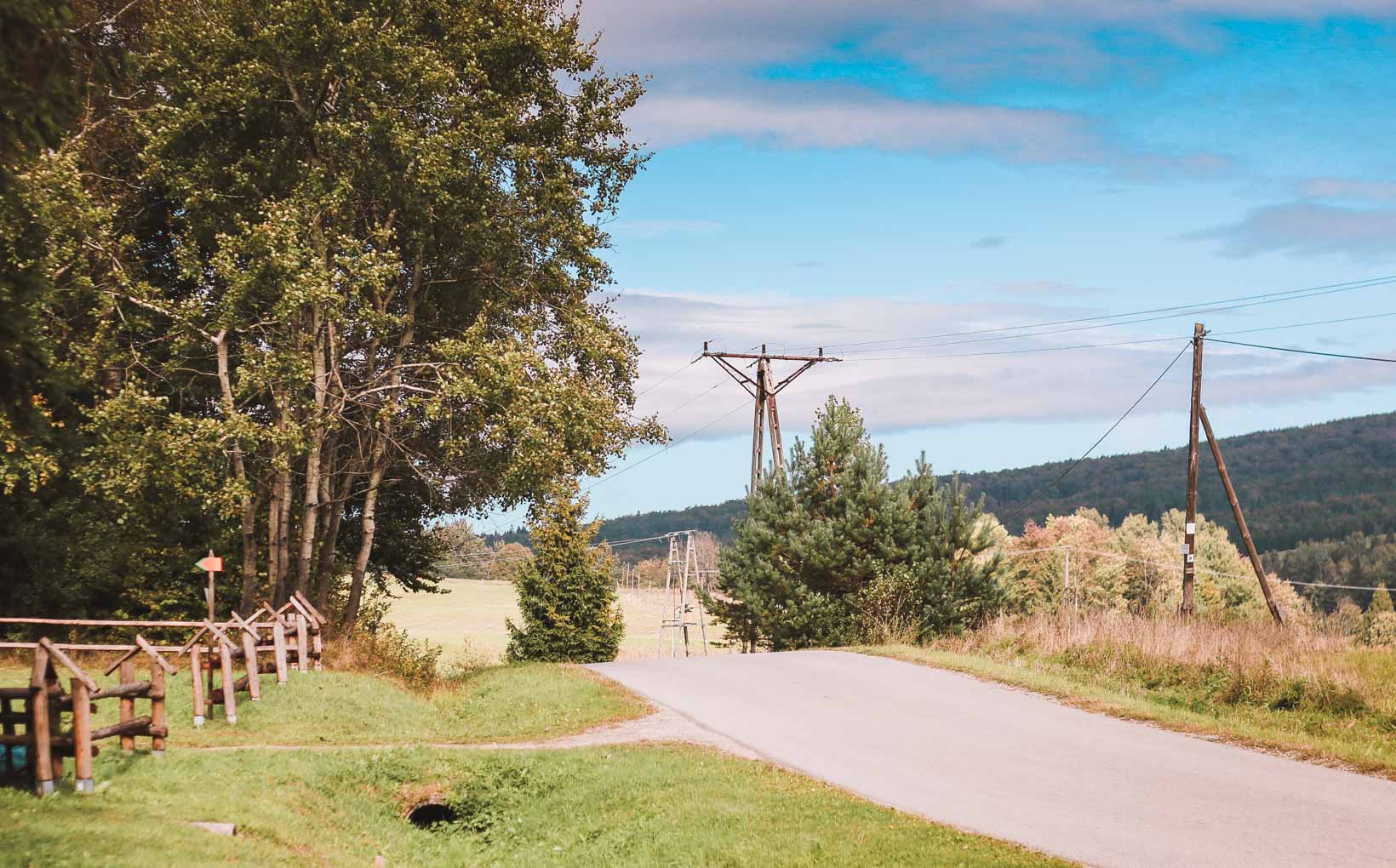
Entrance to Pusty Las (the one with all the oil)
Visit the chapel on Gorlicka Golgota
The chapel on Gorlicka Golgota is one of the best places for photography in Gorlice. Come here right before sunset or sunrise to see the city in its glory scattered in the mountain valley.
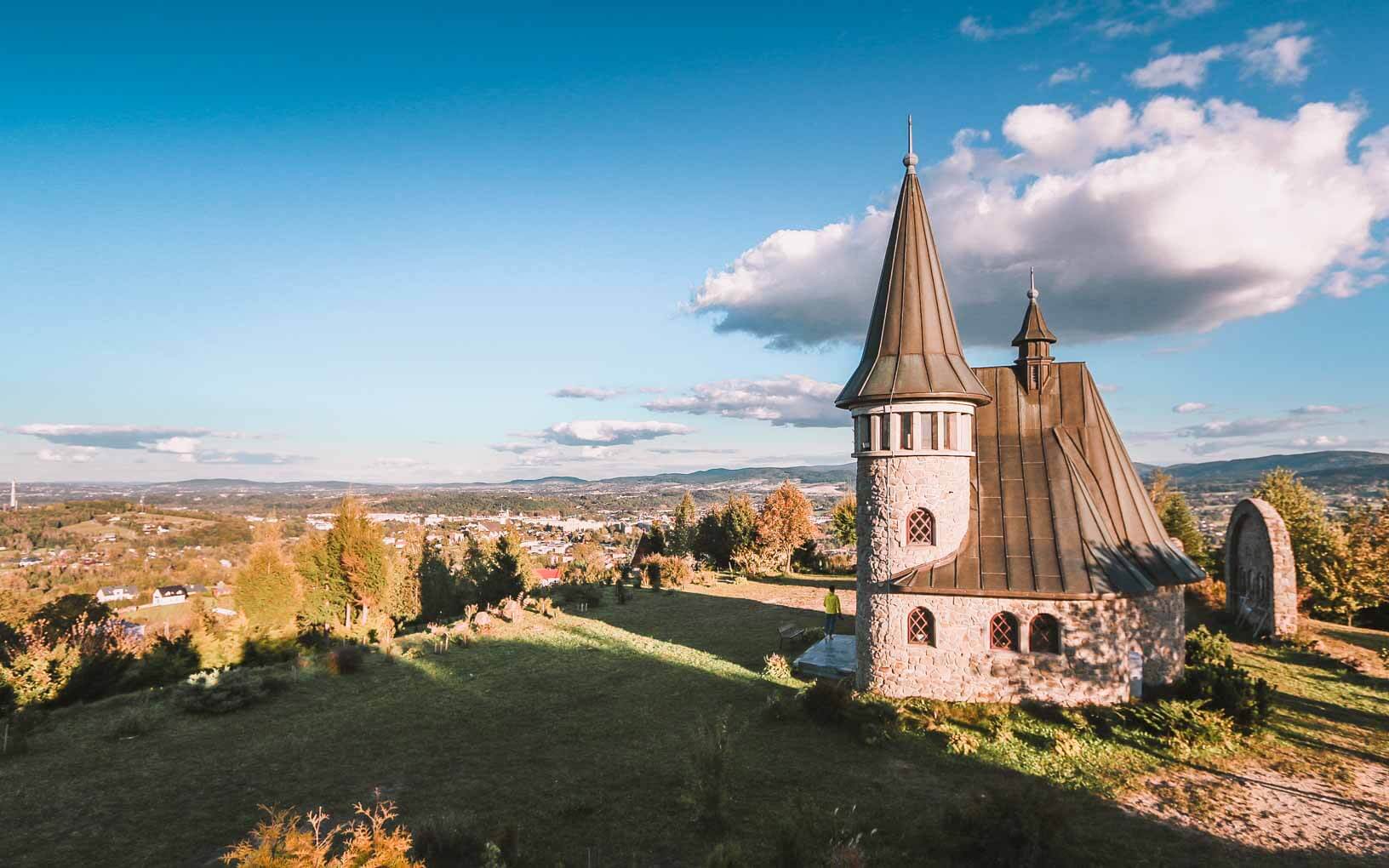
Take a shot near ‘pyramids’ – the tomb of the Skrzynski family in Zagorzany
Though the monument is located somewhat off the city grid, it is worth a visit for its interesting architecture, which already got nicknamed as ‘the pyramid’ by locals. It serves as a mausoleum for a former prime minister and minister of foreign affairs of Poland – Alexander Skzynsky.
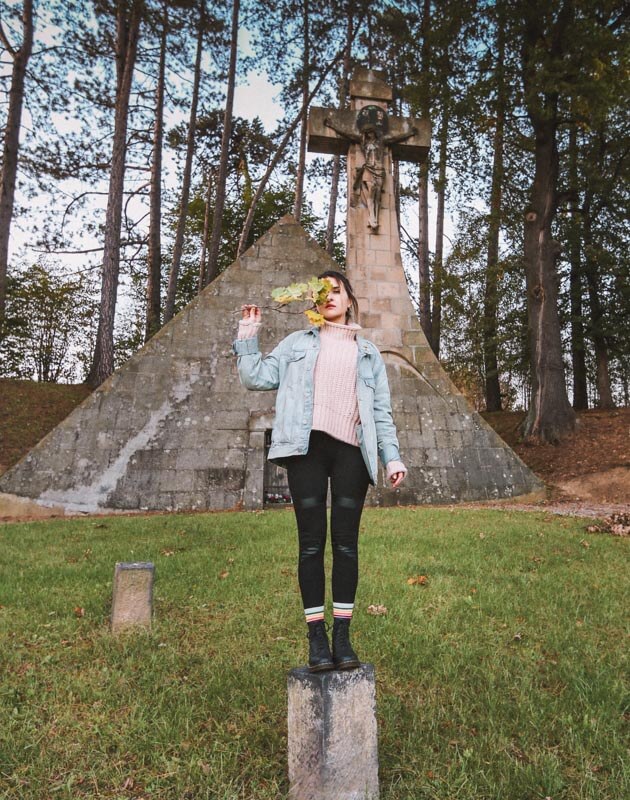
Cemetery #60 on the Malastowska Pass
This cemetery is a worthy visit in itself due to its history and wooden architecture. Cemetery #60 doesn’t have its name randomly assigned. It is truly a cemetery counted as number 60 among many others that surround Gorlice (120+!). This cemetery accepted all those perished in the Gorlice battle (WWI) regardless of their origin and religious beliefs. Here, you can find Polish, Hungarian, Ukrainian soldiers buried next to each other. In all regards, the war is always a loss to every party involved.
Gorlice proudly holds up to its name as the city of lights, having eye-catching fire performances to celebrate this fact. Do not miss the show next year!
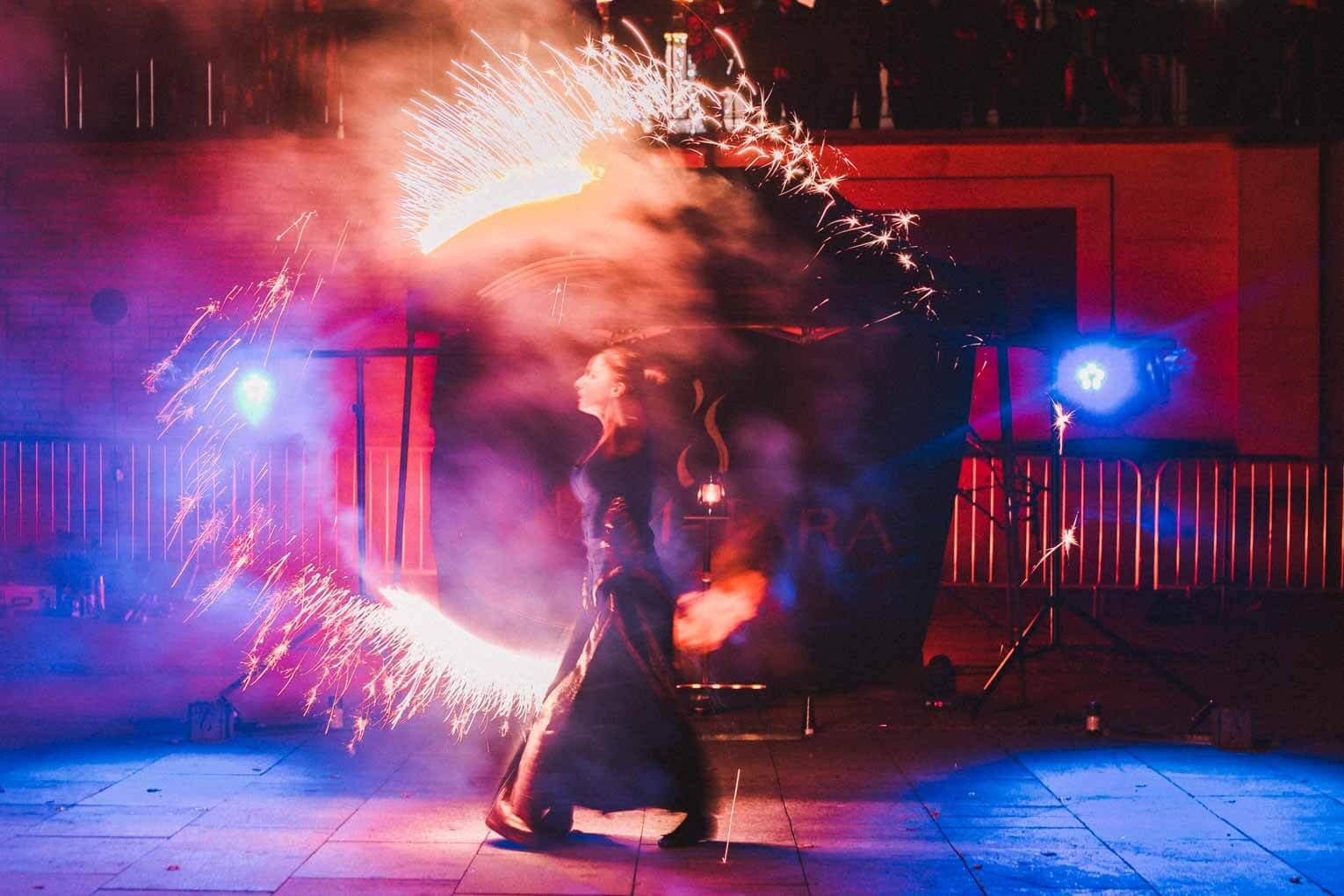
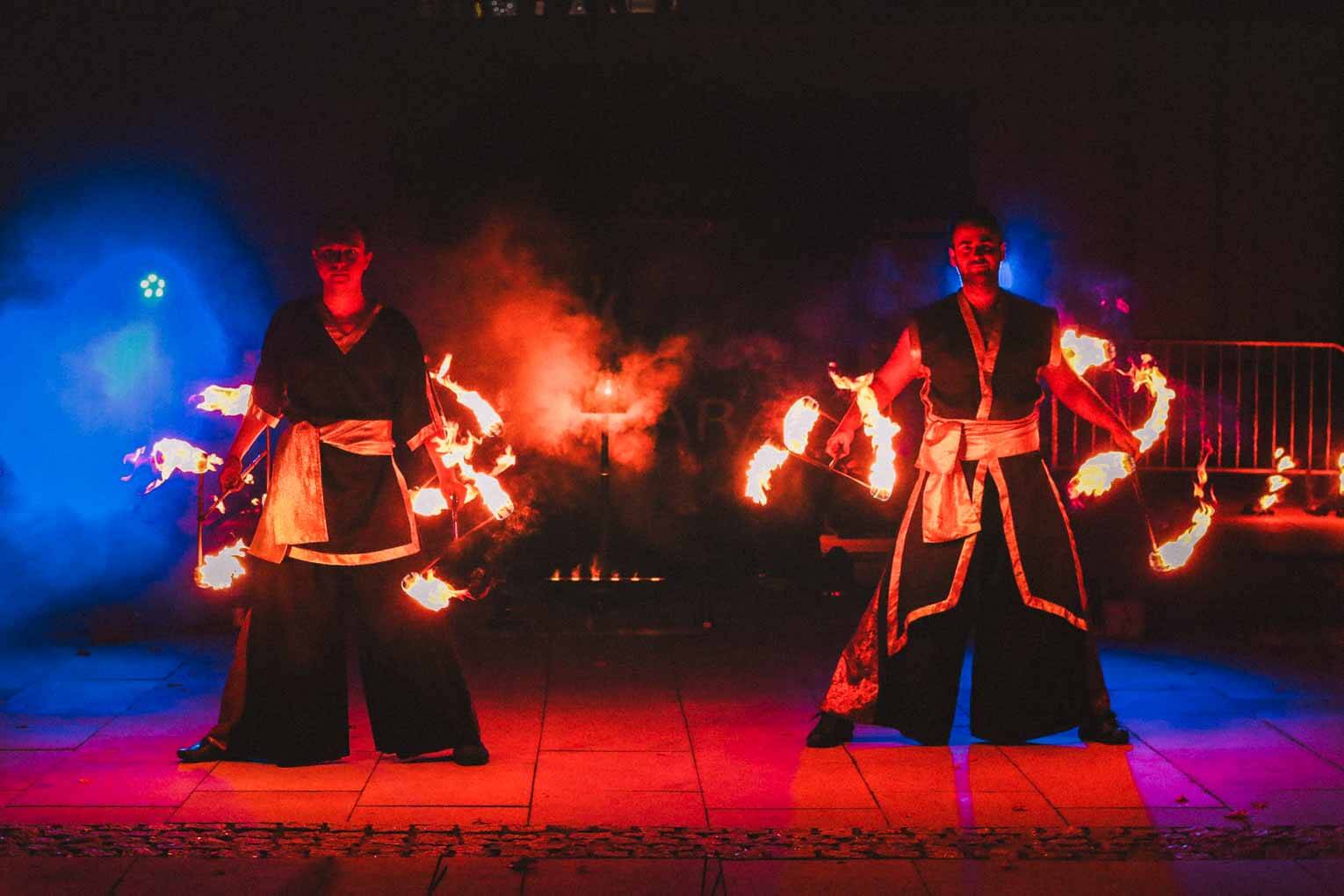
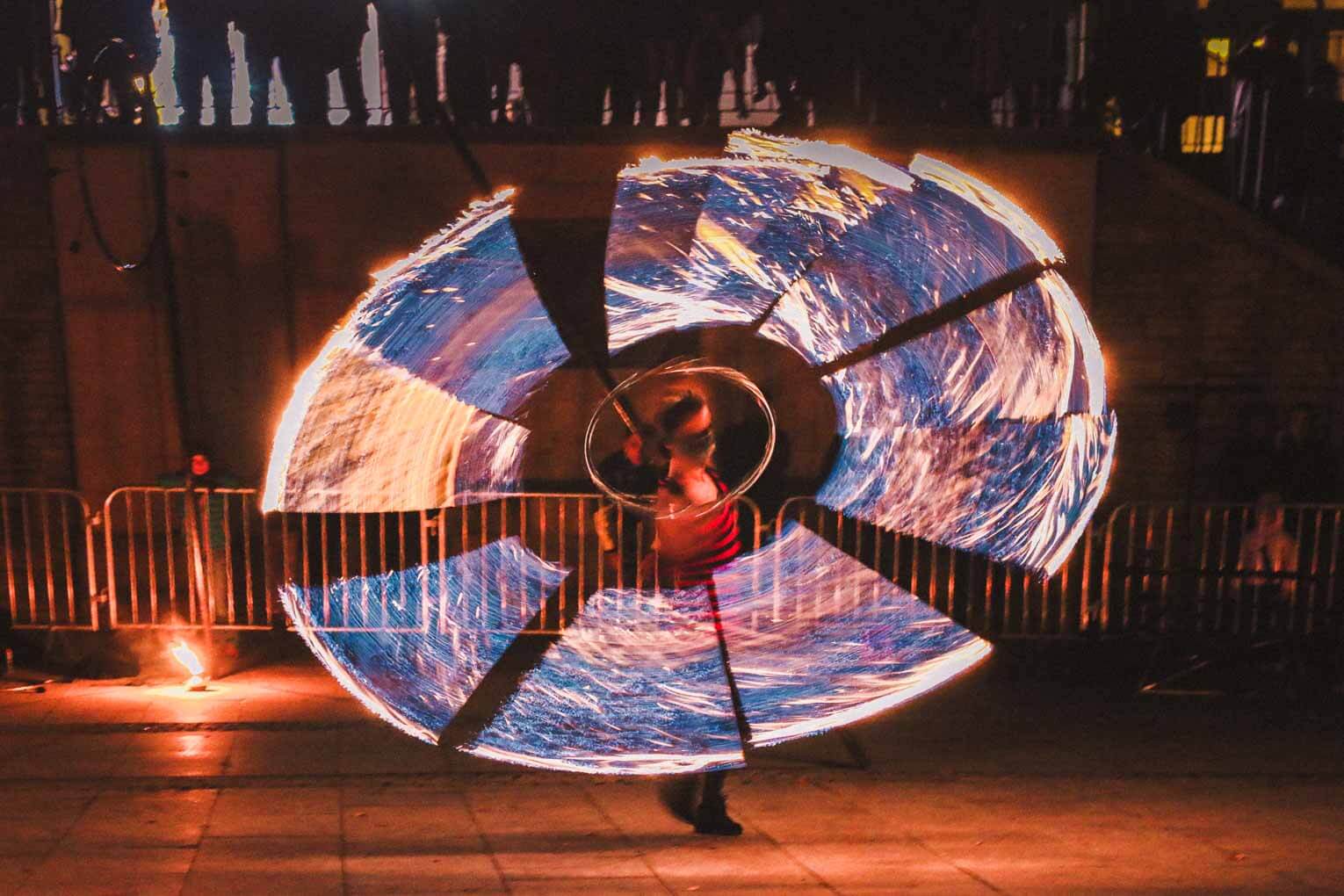
 Disclosure: I visited Gorlice as a part of Miastro Gorlice promotional campaign related to 165th anniversary of first I. Łukasiewicz oil lamp being lit.
Disclosure: I visited Gorlice as a part of Miastro Gorlice promotional campaign related to 165th anniversary of first I. Łukasiewicz oil lamp being lit.
Like It? Pin It!




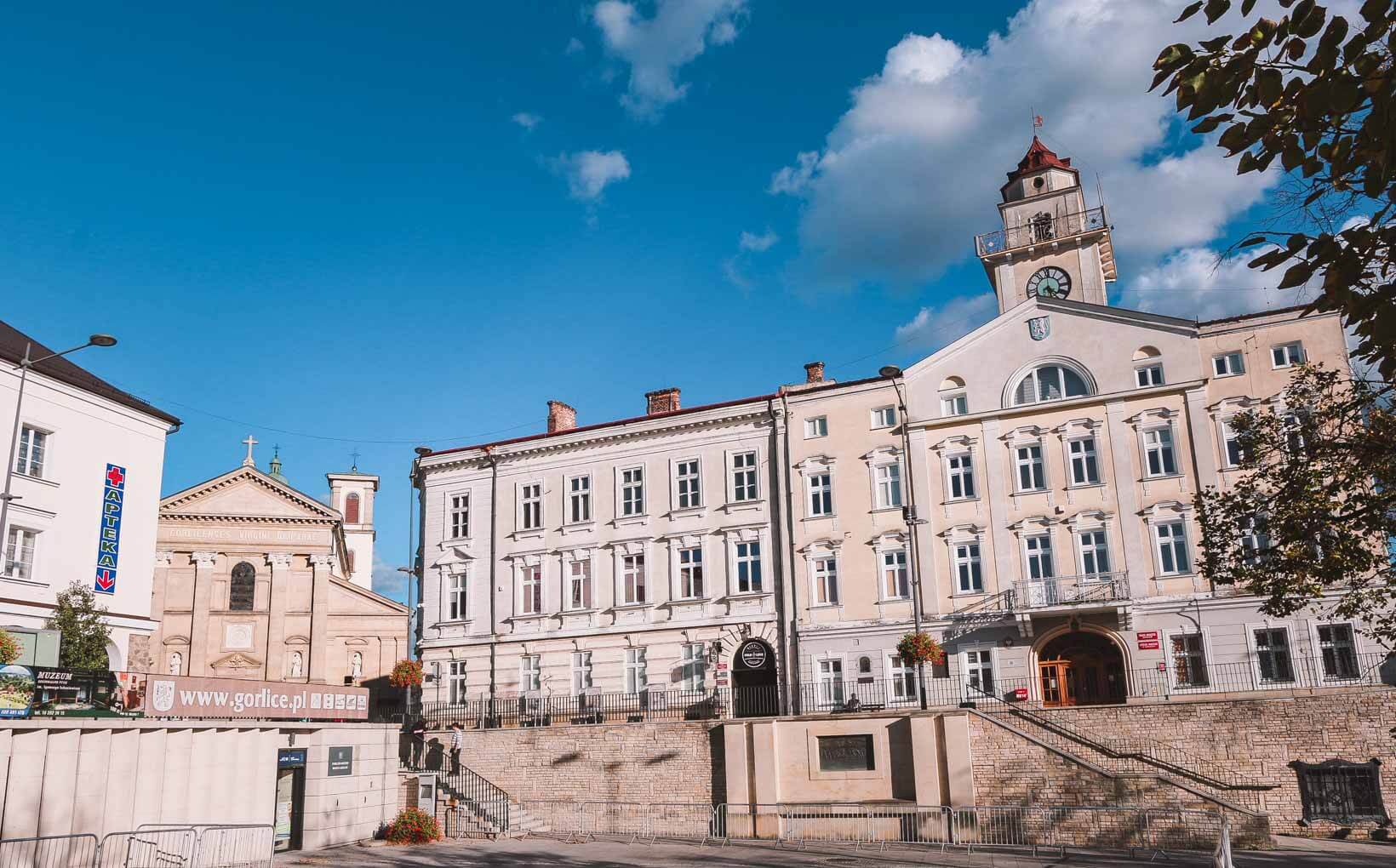


What a cool place with an interesting history and culture. Thanks for sharing this.
Great article and lovely photos! We’re heading to Poland this winter, so always looking for more low-key destinations than just the main spots, and as a big cultural heritage geek this definitely ticks all the boxes! Will be saving this for later reference 🙂 Oh, and Owczary looks amazing! Love a good UNESCO site!
Oh yes, this place is definitely worth a visited if you are into history. No doubt, history will be on every corner in Poland, but Gorlice is really unique that is combines history, culture and easy access to mountains 😉
What great information! I was in Gorlice this past summer and wish I had found your story before visiting.